Image of 1970 Chevrolet Bel Air, Note: These illustrations use artistic license and may differ from actual historical models.
Performance Metrics
Fundamental Metrics
Emotional Appeal
MMP Rating
| Engine Specifications | |
|---|---|
| Engine Options: | 250 I6, 307 V8, 350 V8, 400 V8, 454 V8 |
| Displacement Range: | 250-454 cu in |
| Horsepower Range: | 155-390 hp |
| Torque: | 235-500 lb-ft |
| Compression Ratio: | 8.5:1 - 10.25:1 |
| Ignition System: | Conventional breaker-point ignition system |
| Cooling System: | Liquid-cooled |
| Performance Specifications | |
| 0-60 Time: | 8-10 seconds |
| 1/4 Mile Time: | 16-18 seconds |
| Top Speed: | 120-130 mph |
| Transmission and Drive | |
| Drive Type: | Rear-wheel drive |
| Transmission Type: | 3-speed manual, 4-speed manual, 2-speed Powerglide automatic, 3-speed Turbo-Hydramatic automatic |
| Fuel and Efficiency | |
| Fuel System Type: | Carburetor |
| MPG: | 10-15 mpg |
| Dimensions and Brakes | |
| Brakes: | Front disc brakes and rear drum brakes |
| Wheelbase: | 119 inches |
| Weight: | 3,500-4,000 lbs |
Note: Specifications for classic cars are given to the best of our ability, considering the limited and variant data available.
1970 Chevrolet Bel Air: A Testament to American Automotive Heritage
The 1970 Chevrolet Bel Air stands as a proud sentinel at the crossroads of American automotive history, embodying the transition from the flamboyant '60s to the more subdued '70s. Born from the legendary Chevrolet lineage, this model marked the end of an era for the Bel Air nameplate, which had been synonymous with style and affordability since its inception in 1950. As one of the last iterations before its discontinuation, the 1970 Bel Air held its ground in a rapidly changing market, offering a unique blend of tradition and modest innovation.
While other models may have stolen the spotlight with more aggressive styling or performance specs, the Bel Air's understated elegance and reliable performance made it a mainstay in American driveways. A notable moment in its history is its role as an unsung hero among law enforcement; many 1970 Bel Airs served as sturdy and dependable police vehicles across the United States.
Design and Innovation
The exterior of the 1970 Chevrolet Bel Air was a study in refined simplicity. Its body lines were clean and straight, eschewing the excesses of earlier designs for a more conservative look that would appeal to a broad audience. The car's long hood and spacious trunk hinted at practicality and comfort, while subtle chrome accents provided just enough flair to maintain a sense of luxury.
Inside, passengers were greeted with durable materials designed to withstand the rigors of daily use. The cabin prioritized function over opulence, but still offered comforts like optional air conditioning and an AM radio. Technological features for its time included power steering and power brakes, which were becoming increasingly common but were still appreciated conveniences.
Color options ranged from classic whites and blacks to more vibrant hues like Grecian Green and Autumn Gold. Among these, shades like Cortez Silver proved popular for their ability to accentuate the car's lines without overwhelming its subtle design.
The 1970 Bel Air was available in several body styles, including a two-door coupe, four-door sedan, and even a six- or nine-passenger station wagon. The four-door sedan emerged as the iconic choice for families and fleet services alike due to its practicality and spaciousness.
Historical Significance
The 1970 Chevrolet Bel Air's impact on automotive design was not one of radical change but rather of refinement and accessibility. It stood out for its ability to offer reliable transportation at a time when consumers were beginning to prioritize value and efficiency over sheer size and power. This model's legacy lies in its role as a bridge between two distinct eras of automobile manufacturing.
Performance and Handling
Underneath the hood, most Bel Airs housed a sturdy 250 cubic-inch inline-six engine or an optional small-block V8, delivering sufficient power for everyday driving. While top speed and acceleration figures may not have been groundbreaking—with zero to sixty times hovering around ten seconds—the car's performance was considered more than adequate for its class.
The ride quality was smooth, absorbing bumps with ease thanks to its coil spring suspension. Handling was predictable if not sporty, providing drivers with confidence on both city streets and rural highways. The sound of the engine was reassuringly American: a deep rumble that spoke of power without ostentation.
Ownership Experience
The Bel Air found its niche as an all-rounder—equally at home serving as a dependable daily driver or taking center stage at local car shows. Its maintenance was straightforward, making it an excellent choice for those who preferred to handle repairs themselves. Reliability was one of its strong suits, contributing to its popularity among practical-minded consumers.
Fun Facts
A lesser-known fact about the 1970 Chevrolet Bel Air is that it shared many components with higher-end models like the Impala, making parts relatively easy to find even today. While not known for breaking speed records or dominating sales charts during its time, it has become appreciated by collectors for its place in automotive history.
Criticisms of the vehicle often centered around its conservative styling and modest performance when compared to more flashy contemporaries; however, these same qualities have endeared it to enthusiasts who value longevity over flashiness.
Collector's Information
The current value range for a well-maintained 1970 Chevrolet Bel Air can vary widely depending on condition, mileage, and originality. While production numbers were substantial—making rarity less of an issue compared to some classic cars—finding one in pristine condition can be challenging. As such, prices can range from $10,000 for a model in good condition up to $25,000 or more for concours-quality examples.
In terms of market trends, values have remained relatively stable with slight appreciation over time as interest in classic American sedans continues to grow among collectors who appreciate their historical significance.
Conclusion
The 1970 Chevrolet Bel Air represents more than just another model year—it stands as a testament to an era when cars were built with purpose and durability in mind. Its blend of practicality, comfort, and understated design has earned it a respected place in automotive history. For those who appreciate classic American craftsmanship without pretense, the Bel Air remains an enduring favorite worth preserving for future generations.
1970 Chevrolet Bel Air Catalog of Parts
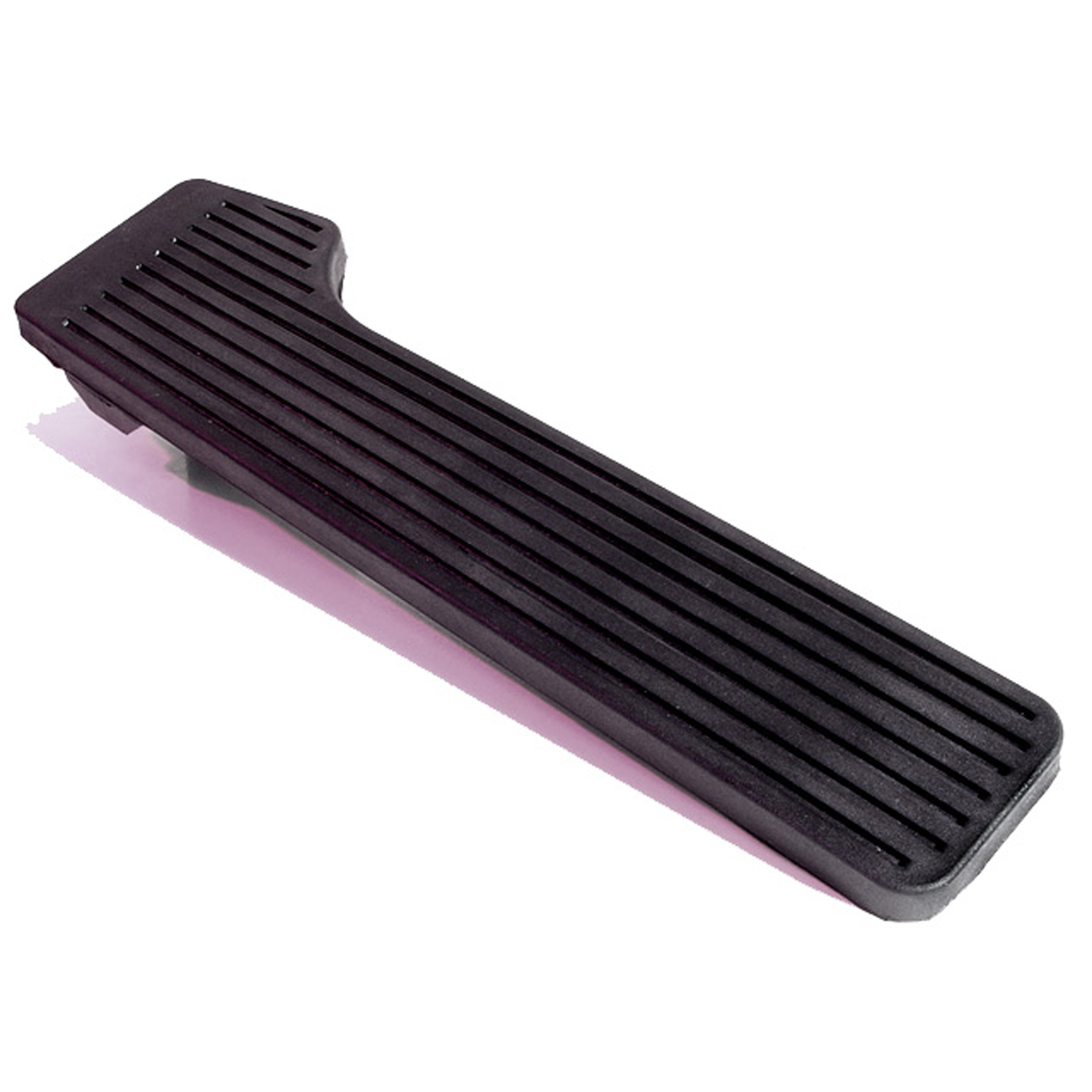 1970 Chevrolet Bel Air Accelerator Pedal Pad with flange-AP 31-AAccelerator Pedal Pad with flange, made of rubber with steel core. Also
1970 Chevrolet Bel Air Accelerator Pedal Pad with flange-AP 31-AAccelerator Pedal Pad with flange, made of rubber with steel core. Also 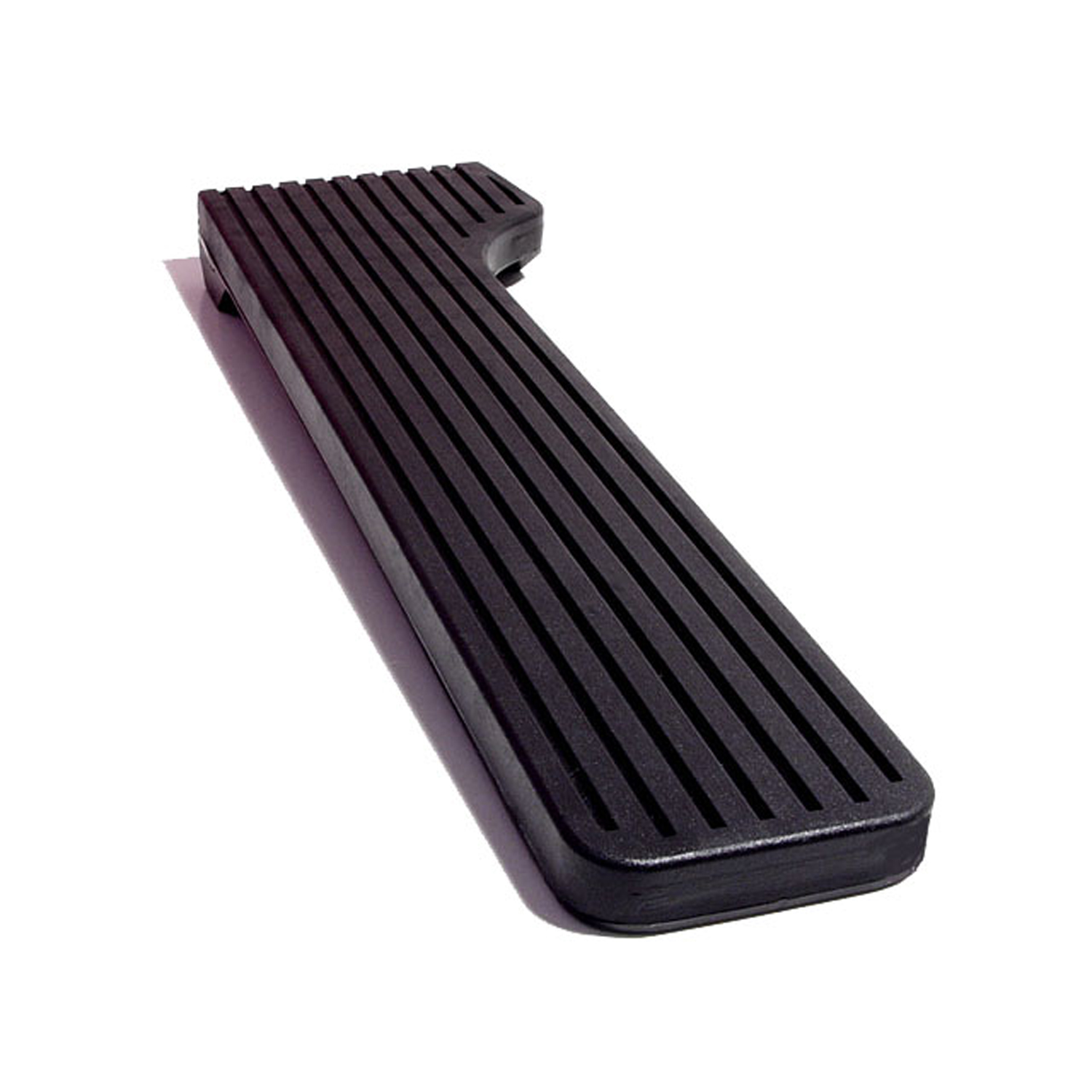 1970 Chevrolet Bel Air Accelerator Pedal Pad without flange-AP 31-BAccelerator Pedal Pad without flange, made of rubber with steel core. Also
1970 Chevrolet Bel Air Accelerator Pedal Pad without flange-AP 31-BAccelerator Pedal Pad without flange, made of rubber with steel core. Also 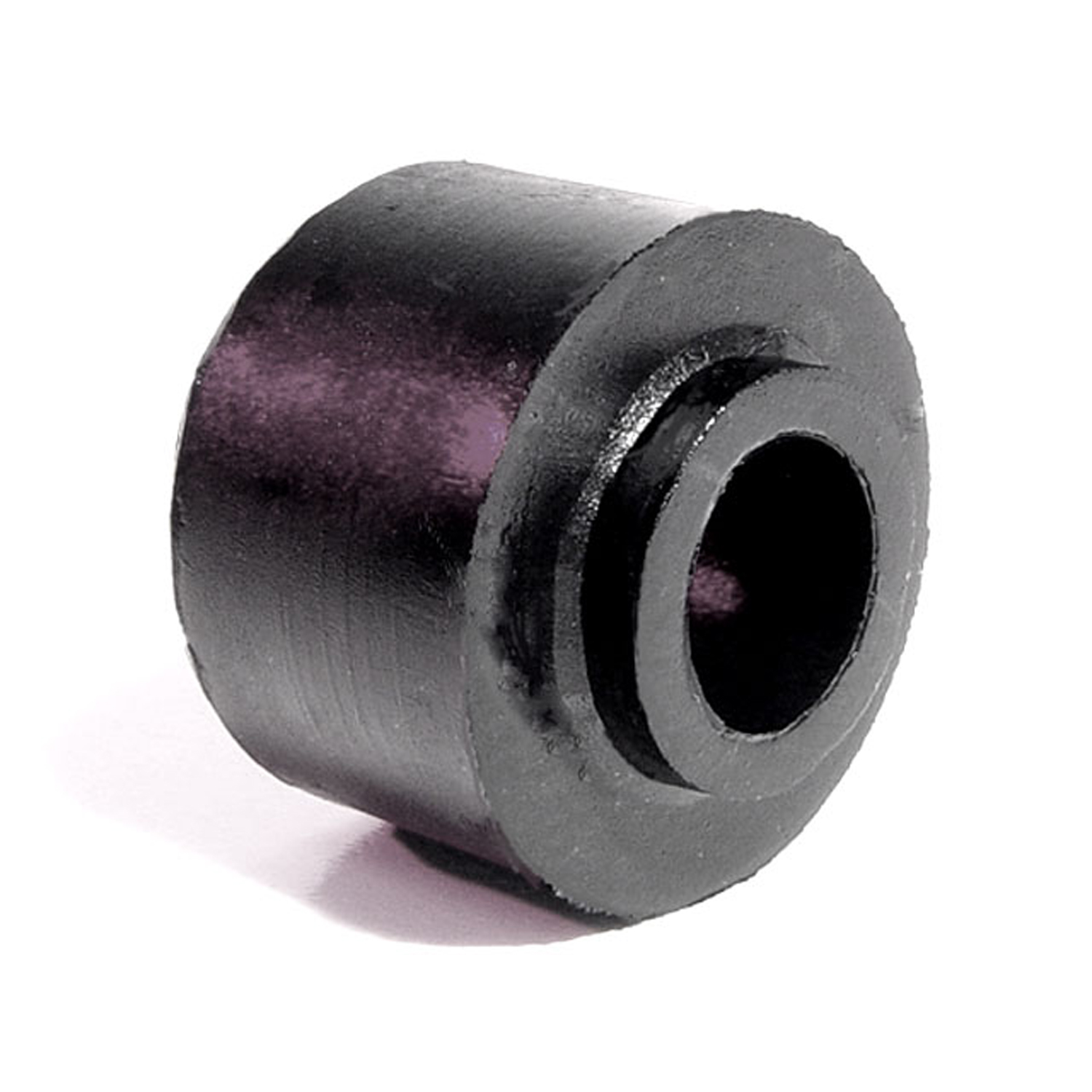 1970 Chevrolet Bel Air Shock Absorber Grommet. 1" bottom O.D., 3/4" high-BN 1Shock Absorber Grommet. 1" bottom O.D., 3/4" high., with 7/16" I.D. Each
1970 Chevrolet Bel Air Shock Absorber Grommet. 1" bottom O.D., 3/4" high-BN 1Shock Absorber Grommet. 1" bottom O.D., 3/4" high., with 7/16" I.D. Each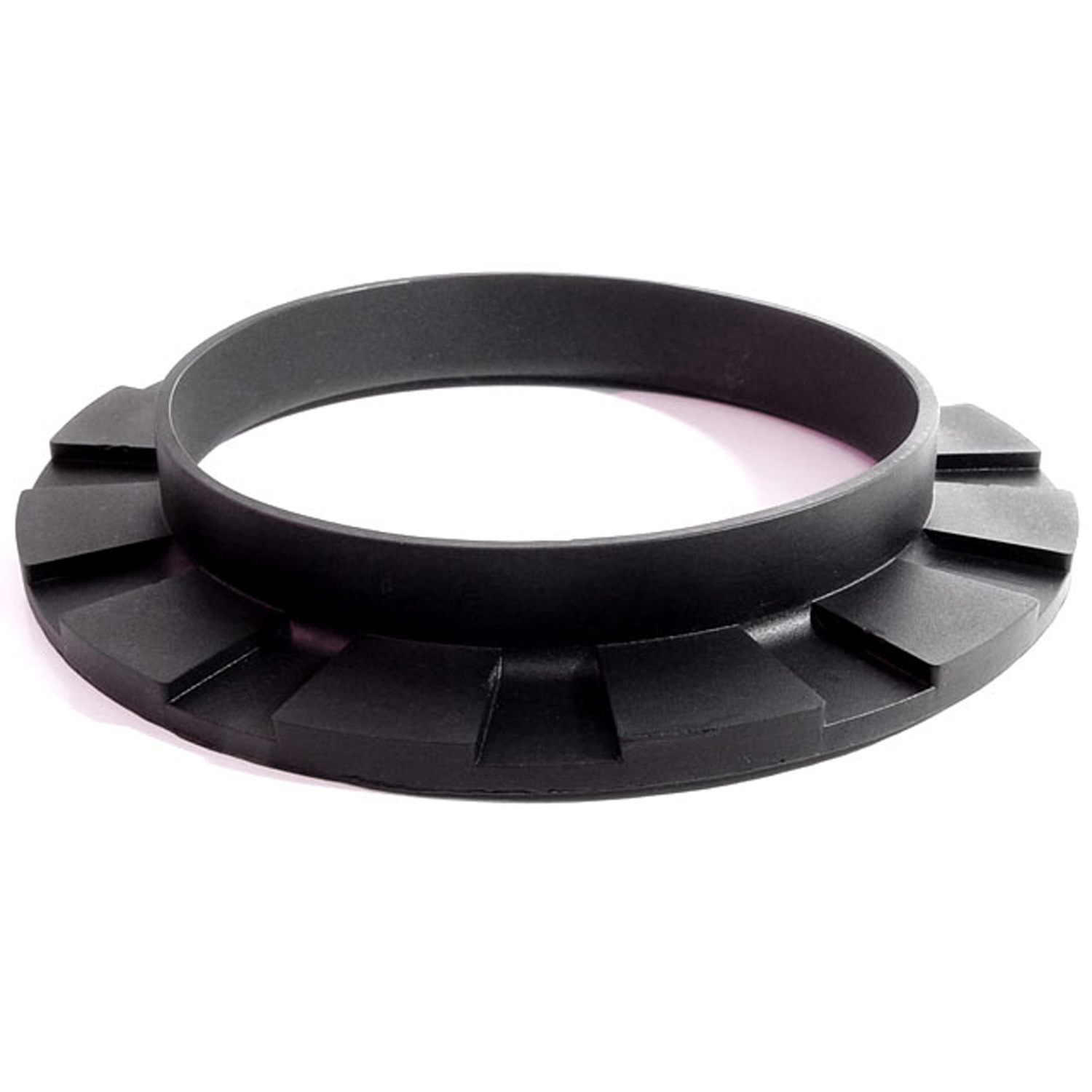 1970 Chevrolet Bel Air Front coil-spring insulator-BN 110Front coil-spring insulator. Fits '41-'60 Oldsmobile and '50-'83 GM passenger models. 5-3/8 in. OD x 3-3/4 in. ID x 3/4 in. high with 13/16 in. wide bottom flange 1/4" thick, 12 flutes. Each.
1970 Chevrolet Bel Air Front coil-spring insulator-BN 110Front coil-spring insulator. Fits '41-'60 Oldsmobile and '50-'83 GM passenger models. 5-3/8 in. OD x 3-3/4 in. ID x 3/4 in. high with 13/16 in. wide bottom flange 1/4" thick, 12 flutes. Each.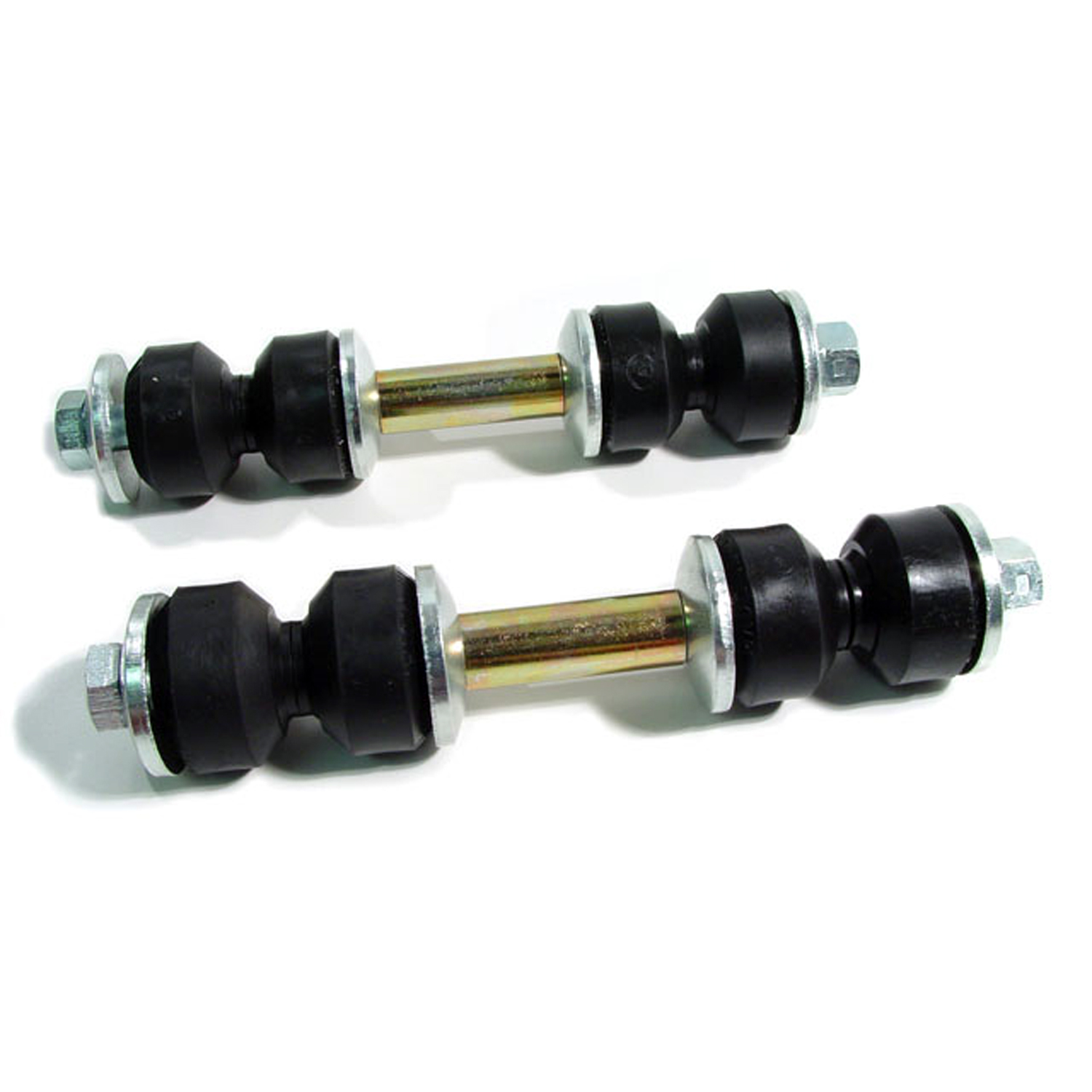 1970 Chevrolet Bel Air Front Stabilizer End Repair Kit-BNK 22Front Stabilizer End Repair Kit. 22-piece set for two stabilizer bars. Contains all rubber bushings, washers, bolts and nuts, enough for one front end. Set
1970 Chevrolet Bel Air Front Stabilizer End Repair Kit-BNK 22Front Stabilizer End Repair Kit. 22-piece set for two stabilizer bars. Contains all rubber bushings, washers, bolts and nuts, enough for one front end. Set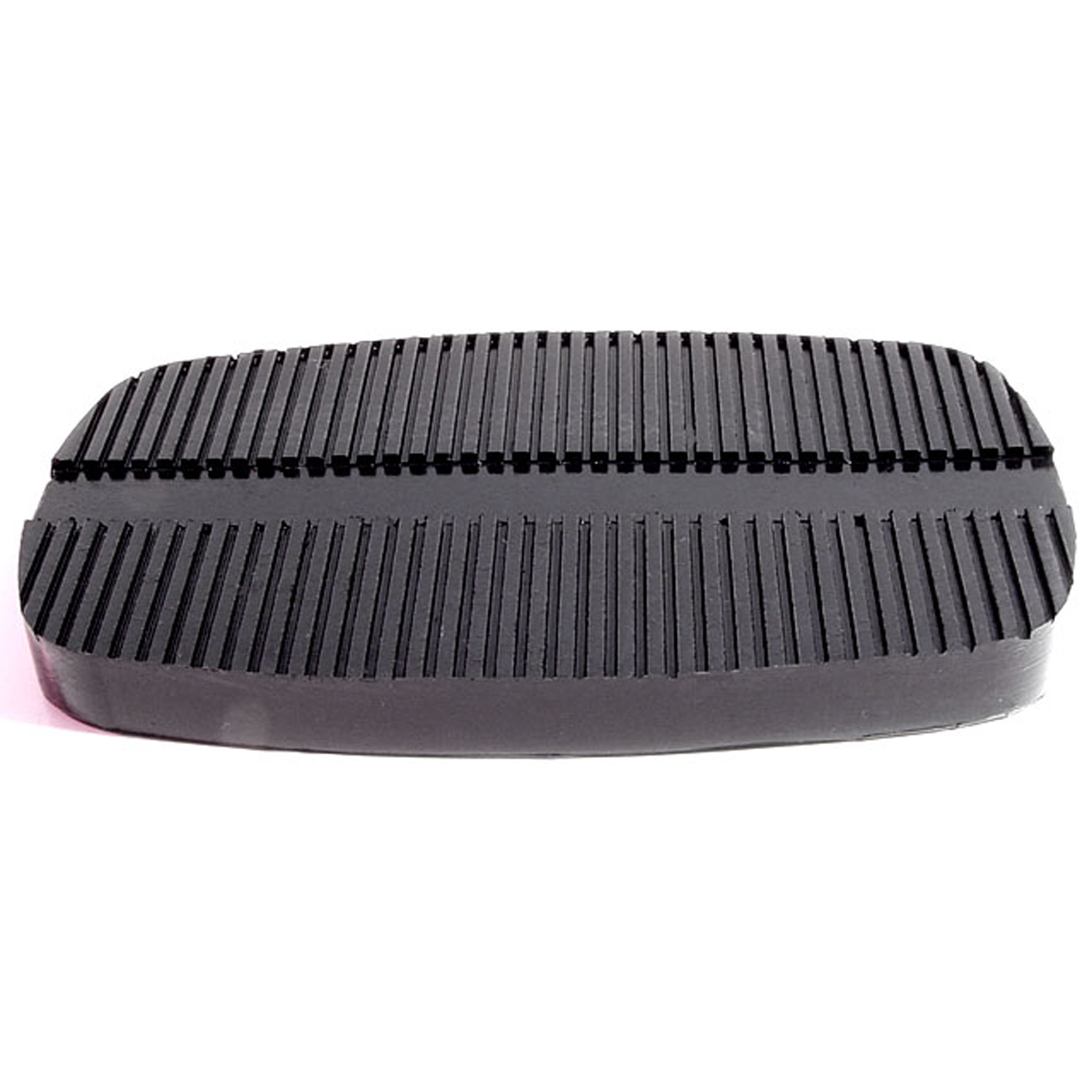 1970 Chevrolet Bel Air Brake Pedal Pad-CB 101-ABrake Pedal Pad. For power brakes or automatic transmissions. 4-3/4" wide X 2-3/4' long. Each
1970 Chevrolet Bel Air Brake Pedal Pad-CB 101-ABrake Pedal Pad. For power brakes or automatic transmissions. 4-3/4" wide X 2-3/4' long. Each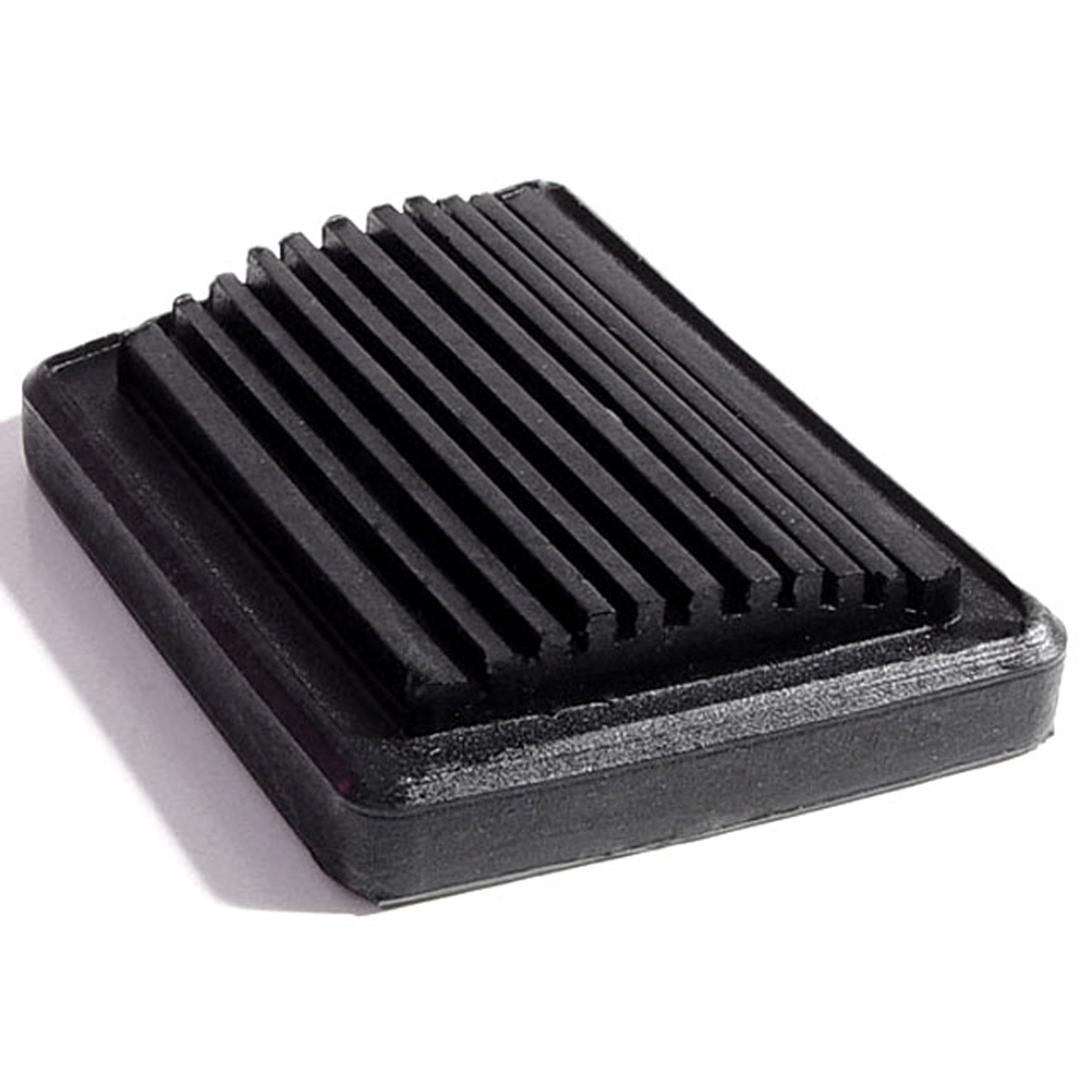 1970 Chevrolet Bel Air Park Brake Pedal Pad. 2-9/16" wide. Each-CB 99-APark Brake Pedal Pad. 2-9/16" wide. Each
1970 Chevrolet Bel Air Park Brake Pedal Pad. 2-9/16" wide. Each-CB 99-APark Brake Pedal Pad. 2-9/16" wide. Each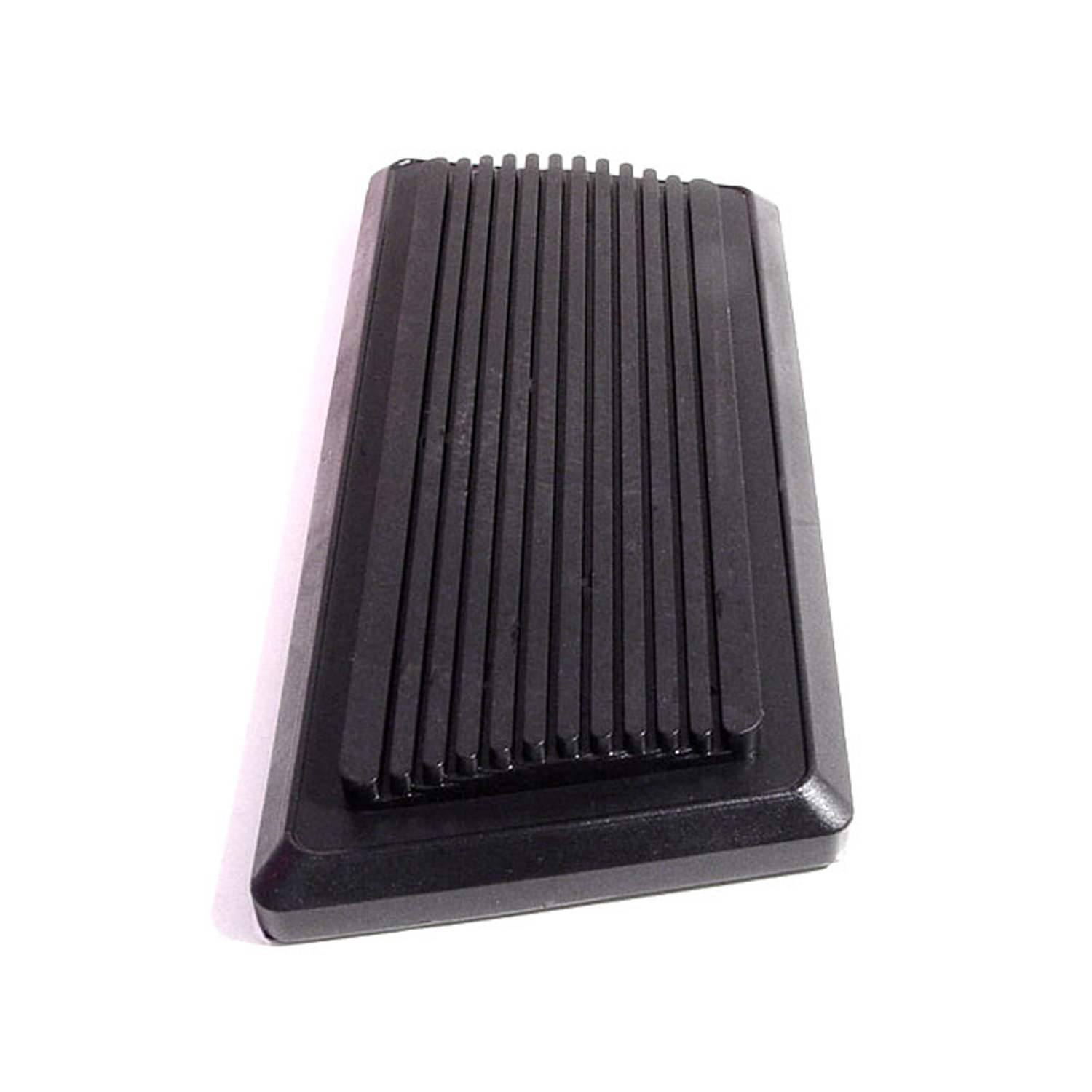 1970 Chevrolet Bel Air Auto Brake Pedal Pad. 5-7/8" wide. Each-CB 99-BAuto Brake Pedal Pad. 5-7/8" wide. Each
1970 Chevrolet Bel Air Auto Brake Pedal Pad. 5-7/8" wide. Each-CB 99-BAuto Brake Pedal Pad. 5-7/8" wide. Each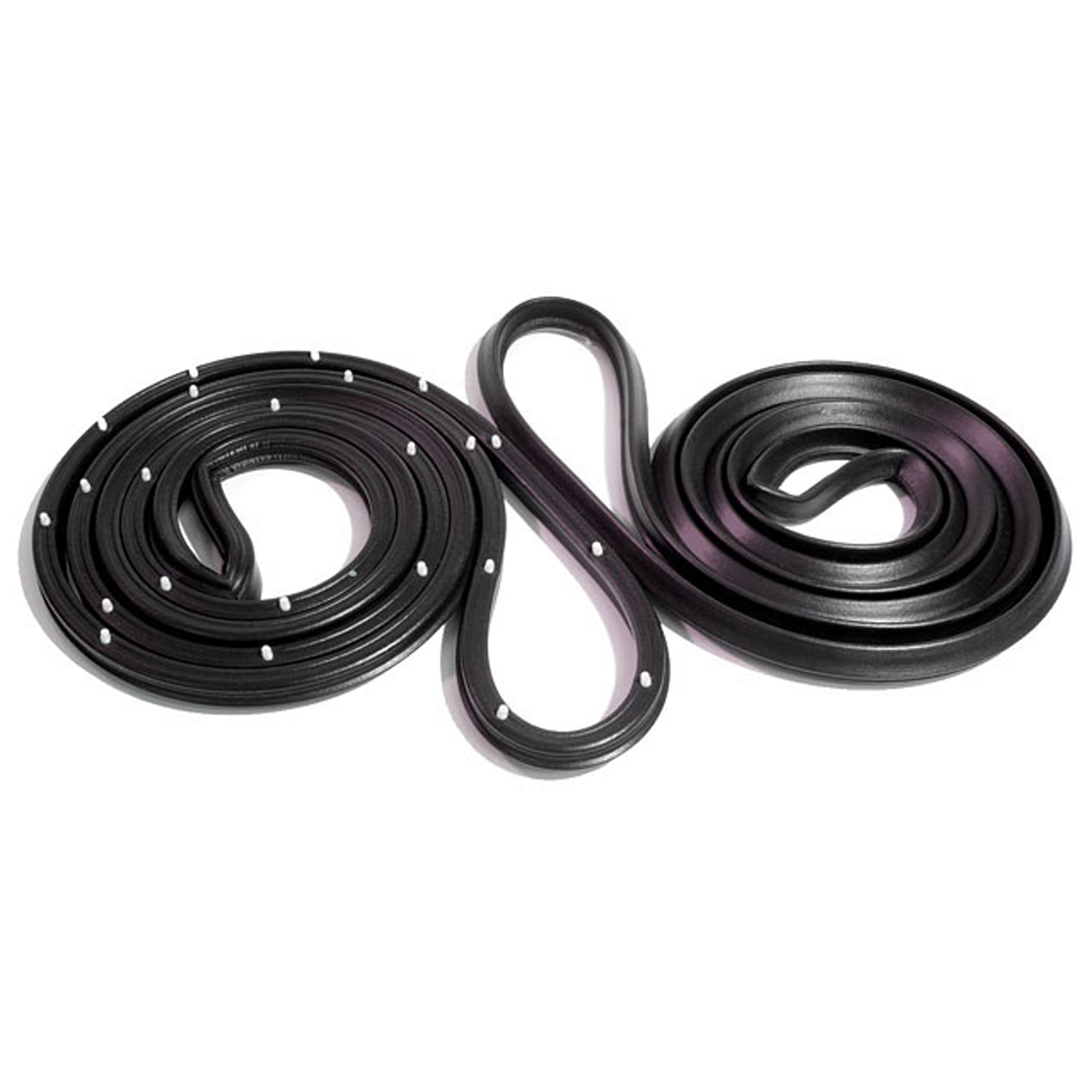 1970 Chevrolet Bel Air Front Molded Door Seals. For 4-Door Sedan. Pair R&L-LM 21-HFront Molded Door Seals. For 4-Door Sedan. Pair R&L
1970 Chevrolet Bel Air Front Molded Door Seals. For 4-Door Sedan. Pair R&L-LM 21-HFront Molded Door Seals. For 4-Door Sedan. Pair R&L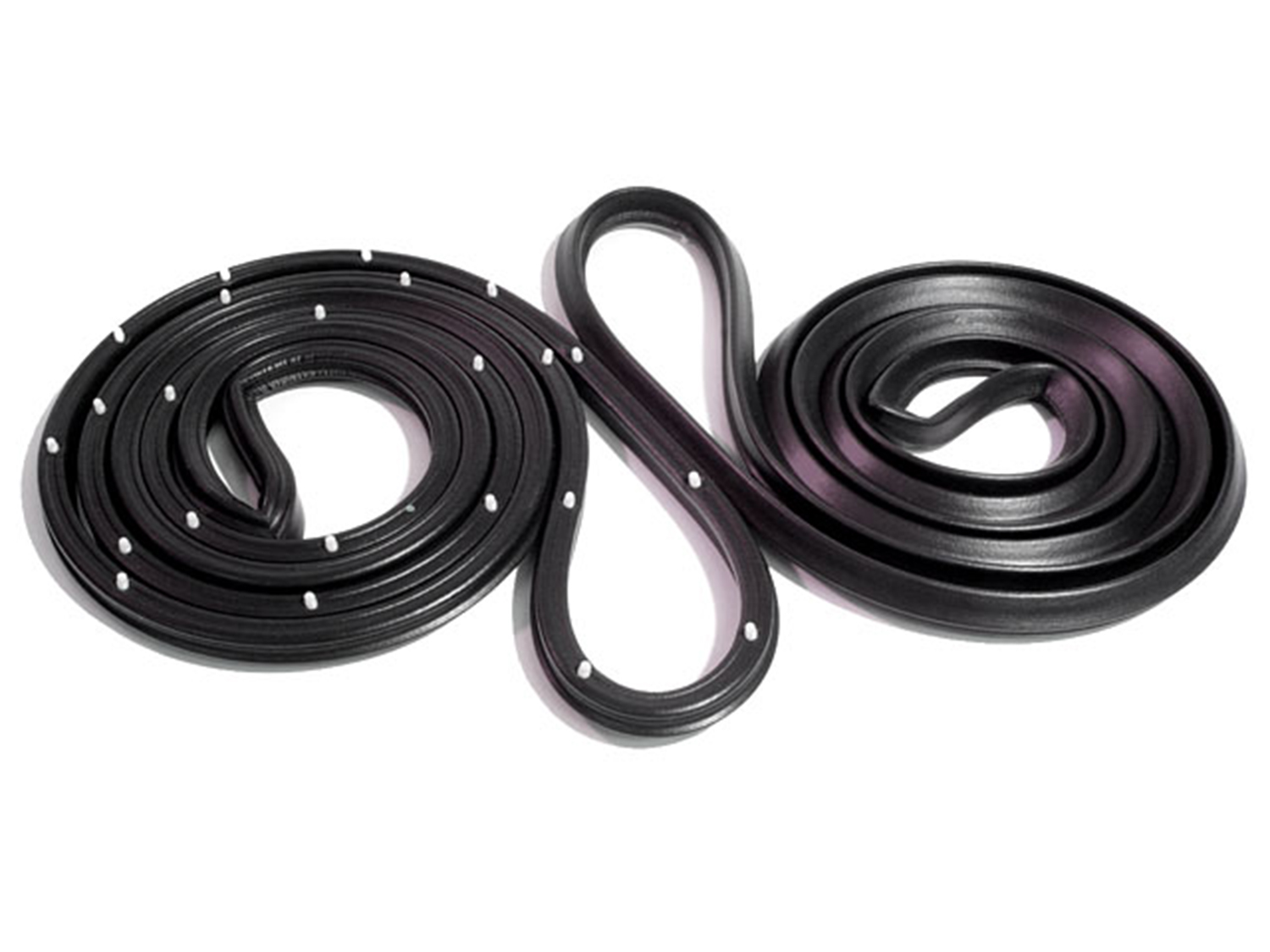 1970 Chevrolet Bel Air Rear Molded Door Seals. For 4-door Sedan. Pair R&L-LM 21-H/RRear Molded Door Seals. For 4-door Sedan. Pair R&L
1970 Chevrolet Bel Air Rear Molded Door Seals. For 4-door Sedan. Pair R&L-LM 21-H/RRear Molded Door Seals. For 4-door Sedan. Pair R&L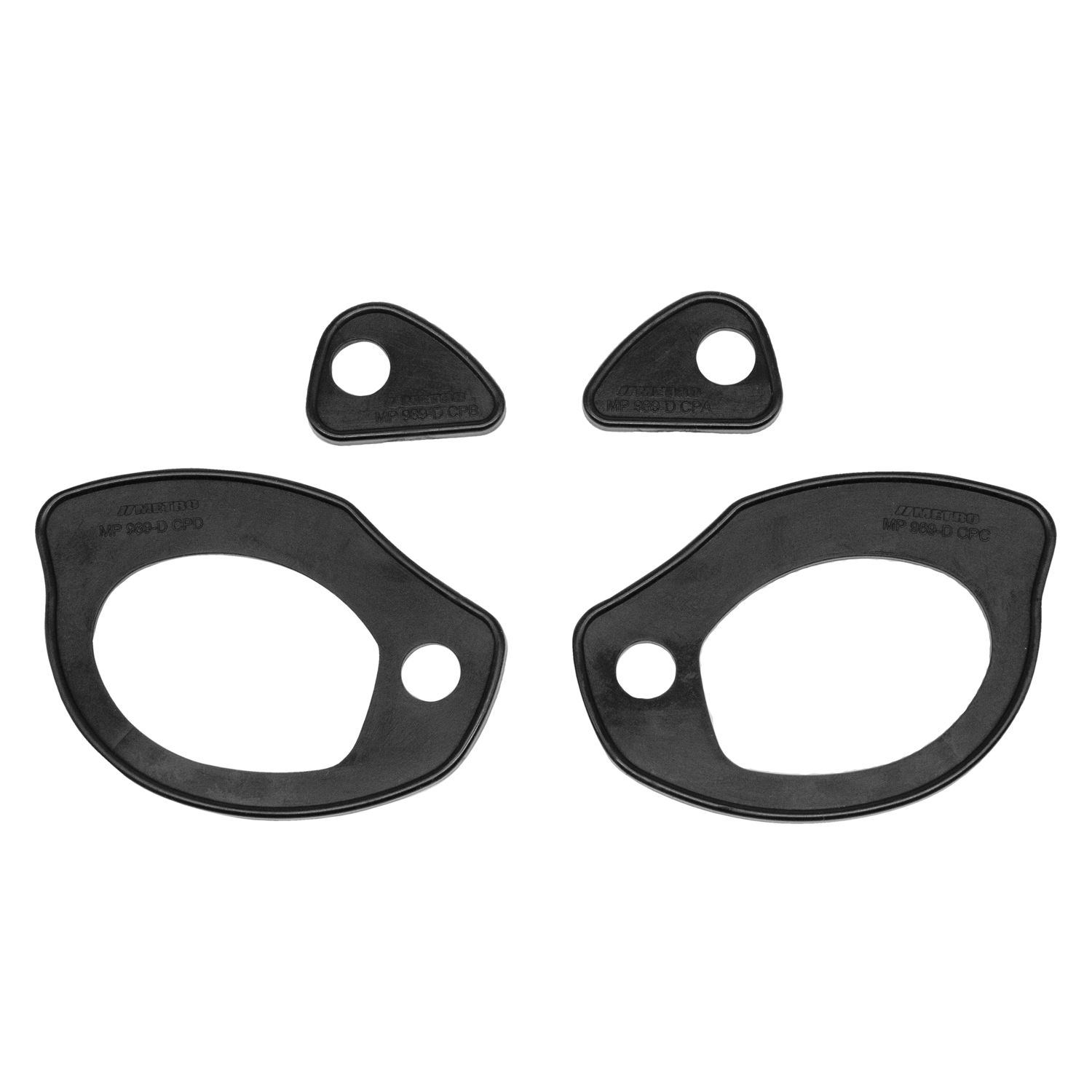 1970 Chevrolet Bel Air Door Handle Pads. 2-5/8" long & 1-1/8" long. Set R&L-MP 989-DDoor Handle Pads. 2-5/8" long & 1-1/8" long. Set R&L
1970 Chevrolet Bel Air Door Handle Pads. 2-5/8" long & 1-1/8" long. Set R&L-MP 989-DDoor Handle Pads. 2-5/8" long & 1-1/8" long. Set R&L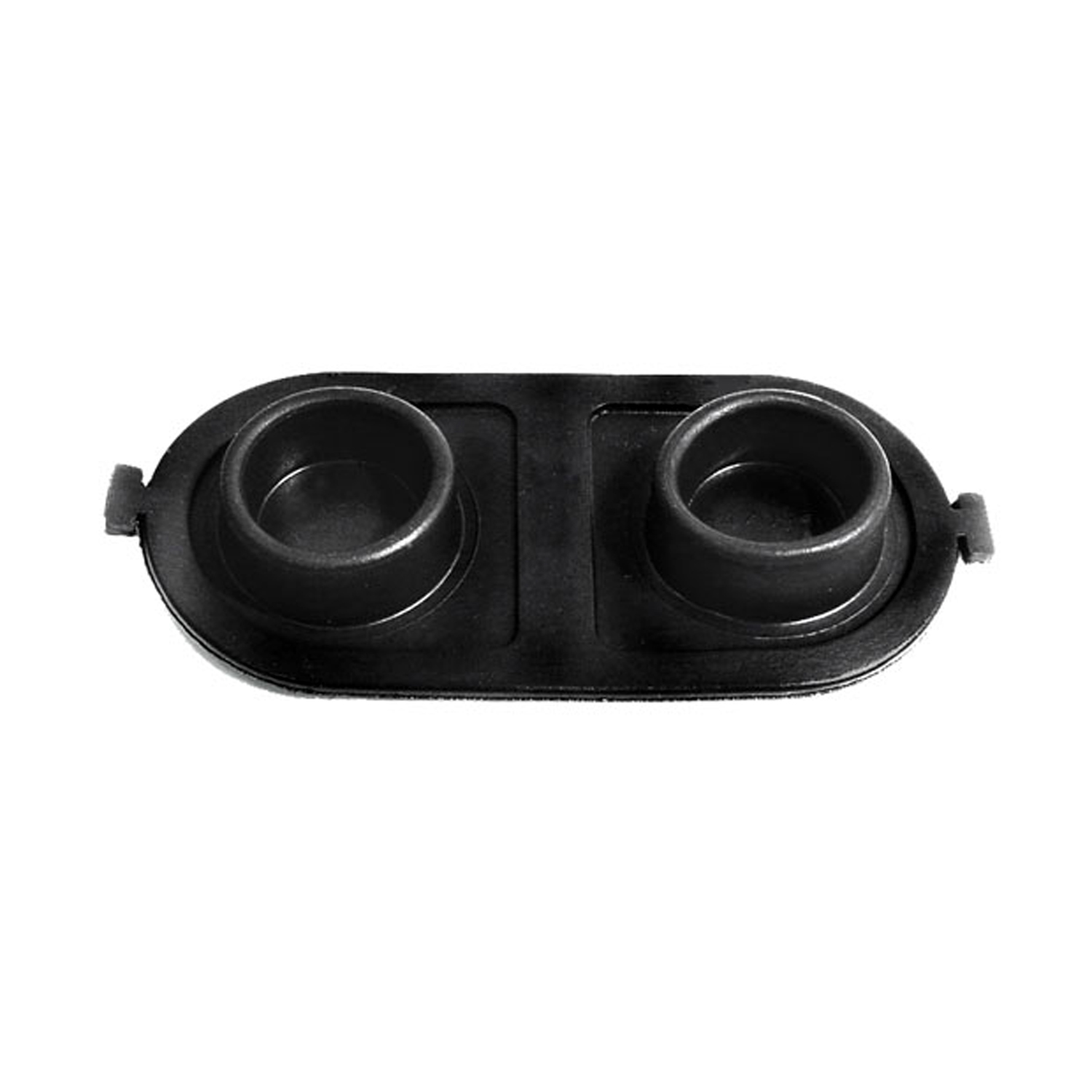 1970 Chevrolet Bel Air Brake Master Cylinder Cover Seal. Replaces OEM #5470861-RP 2-EBrake Master Cylinder Cover Seal. Replaces OEM #5470861. 5" X 2-1/2". Each
1970 Chevrolet Bel Air Brake Master Cylinder Cover Seal. Replaces OEM #5470861-RP 2-EBrake Master Cylinder Cover Seal. Replaces OEM #5470861. 5" X 2-1/2". Each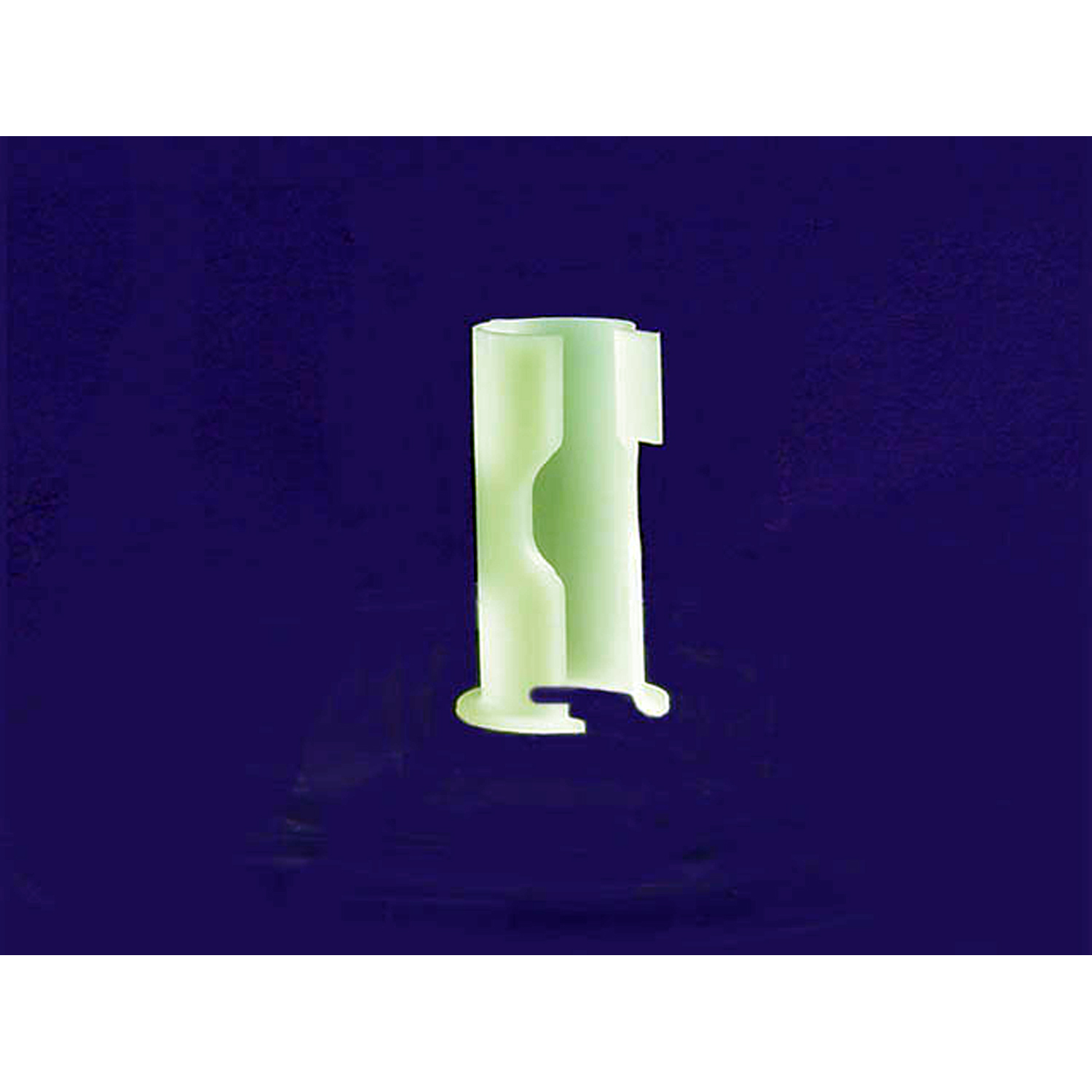 1970 Chevrolet Bel Air Sun Visor Support Sleeve. Clear plastic. Each-RP 303-ASun Visor Support Sleeve. Clear plastic. Each
1970 Chevrolet Bel Air Sun Visor Support Sleeve. Clear plastic. Each-RP 303-ASun Visor Support Sleeve. Clear plastic. Each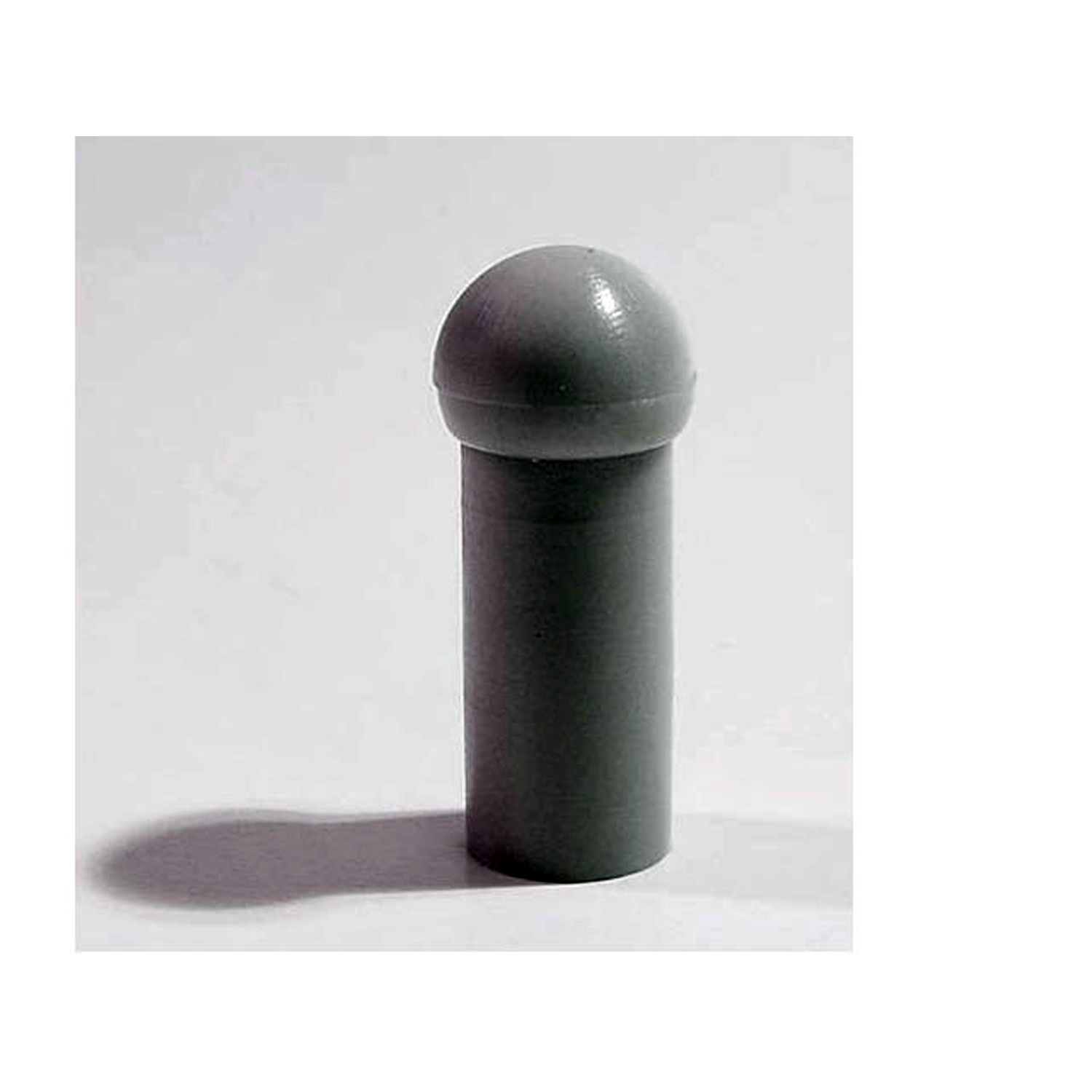 1970 Chevrolet Bel Air Sun Visor Rod Rubber Grommet. 3/4" long. Gray. Each-RP 303-CSun Visor Rod Rubber Grommet. 3/4" long. Gray. Each
1970 Chevrolet Bel Air Sun Visor Rod Rubber Grommet. 3/4" long. Gray. Each-RP 303-CSun Visor Rod Rubber Grommet. 3/4" long. Gray. Each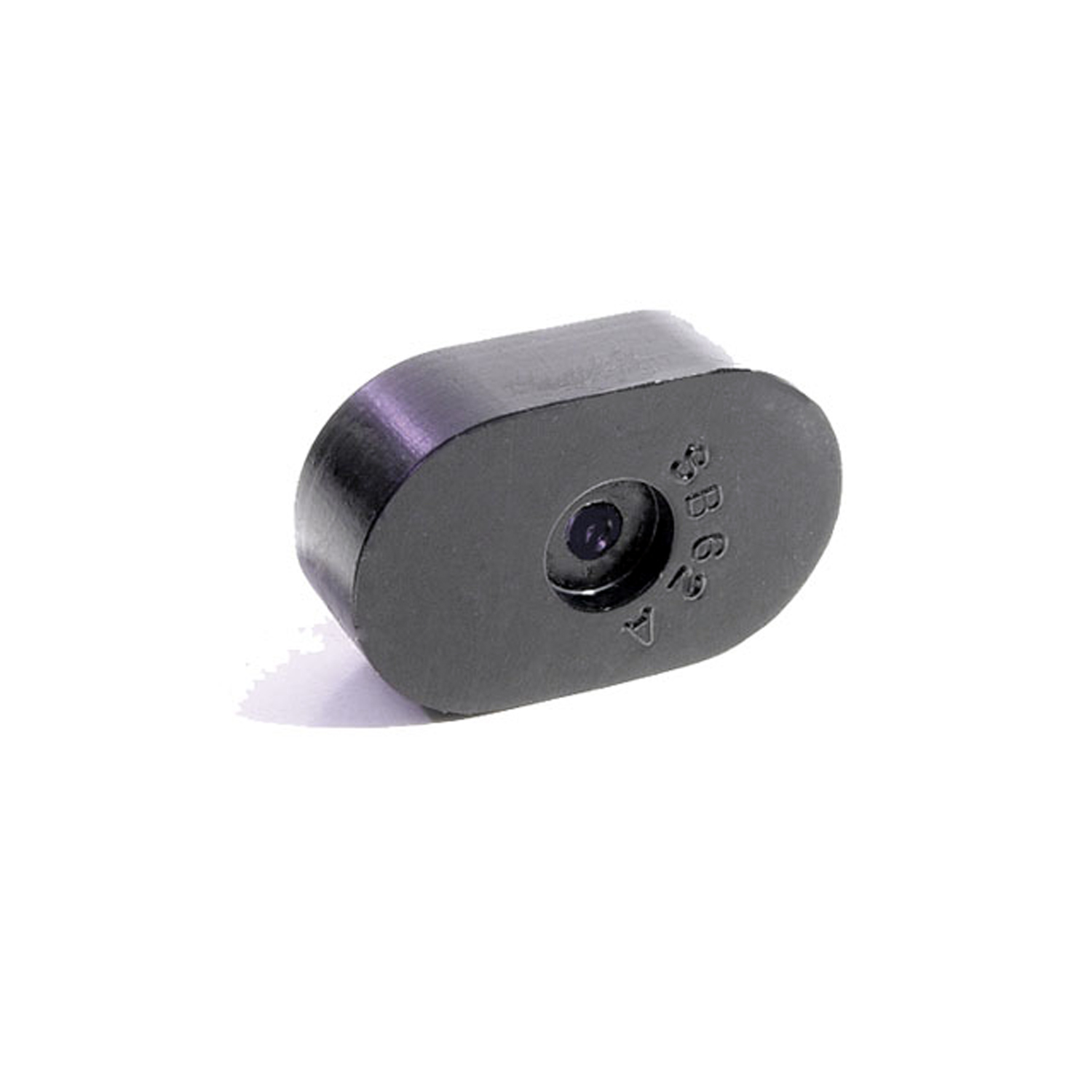 1970 Chevrolet Bel Air Seat Bumper. Made with steel core like original-SB 62-ASeat Bumper. Made with steel core like original. 1-1/2" long, 7/16" thick. Two used per car. Each
1970 Chevrolet Bel Air Seat Bumper. Made with steel core like original-SB 62-ASeat Bumper. Made with steel core like original. 1-1/2" long, 7/16" thick. Two used per car. Each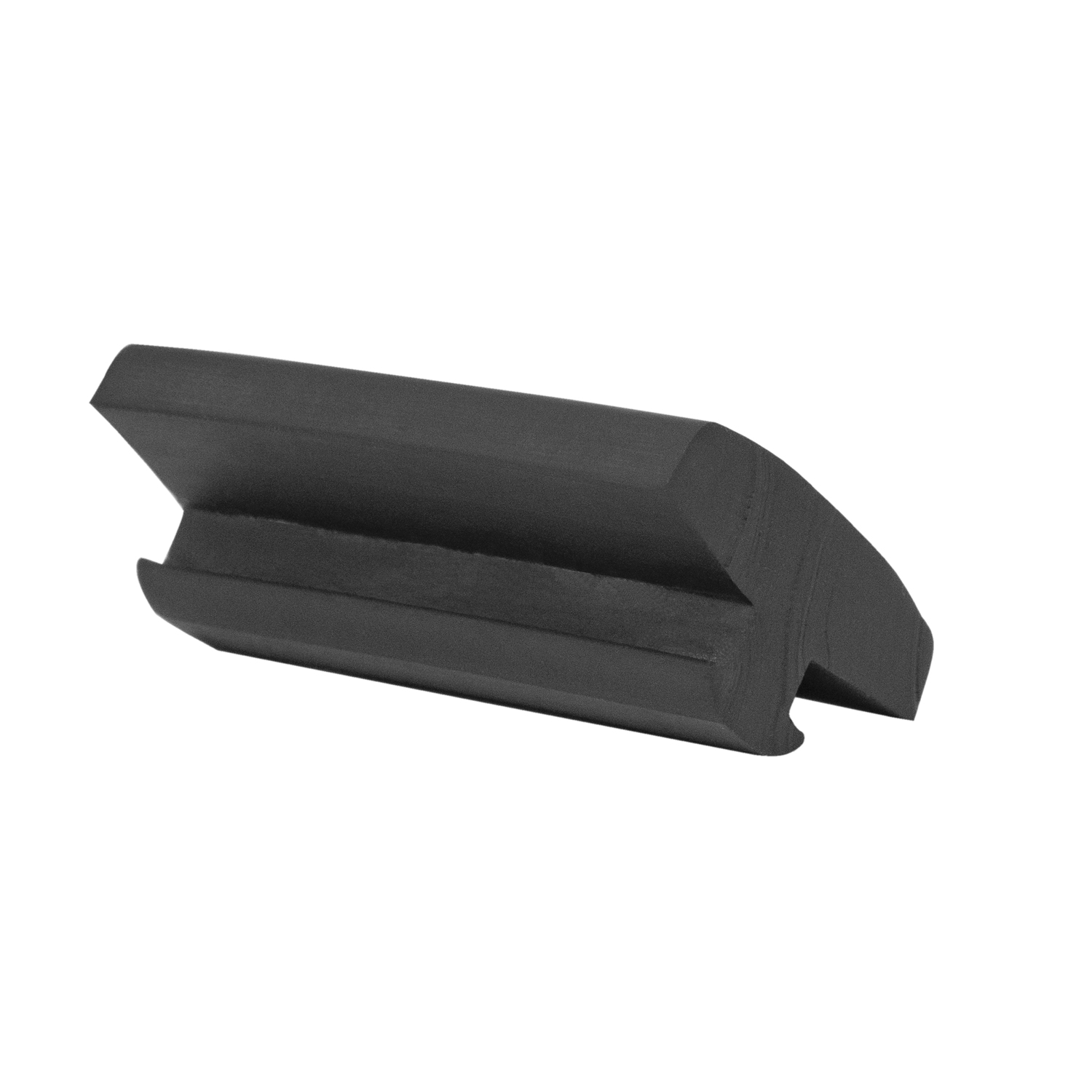 1970 Chevrolet Bel Air Bumper Brace to Filler Panel Spacer, 68-71 Chevy A Body, 67-71 GM B Body Exc Wgn-SB 68Bumper Brace to Filler Panel Spacer, 68-71 Chevy A Body Except Wagons, 67-71 GM B Body Except Wagons, Each. Replaces OEM # 3895100.
1970 Chevrolet Bel Air Bumper Brace to Filler Panel Spacer, 68-71 Chevy A Body, 67-71 GM B Body Exc Wgn-SB 68Bumper Brace to Filler Panel Spacer, 68-71 Chevy A Body Except Wagons, 67-71 GM B Body Except Wagons, Each. Replaces OEM # 3895100.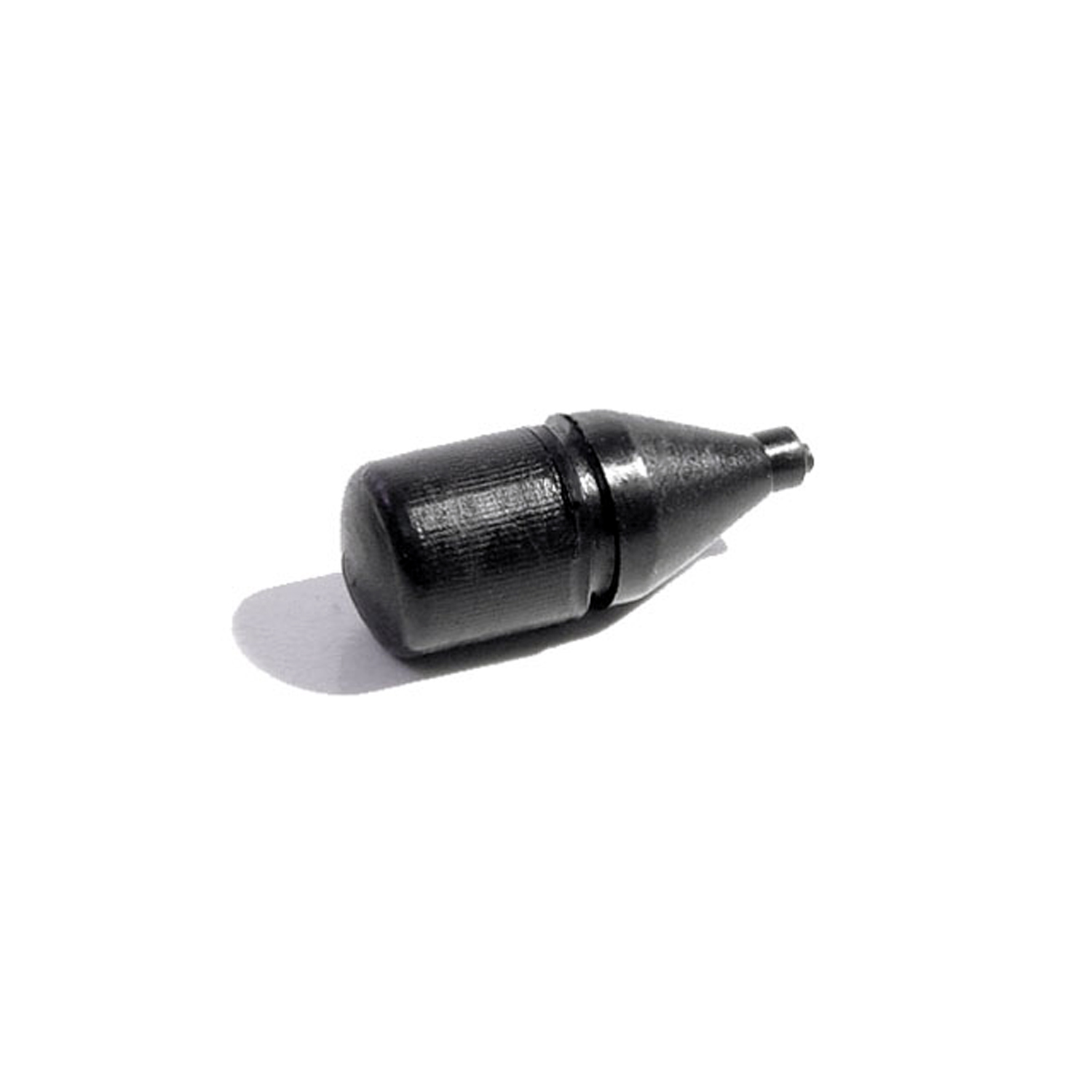 1970 Chevrolet Bel Air Fuel Door Bumper. 7/8" high, 5/16" O.D. Each-SB 81Fuel Door Bumper. 7/8" high, 5/16" O.D. Each
1970 Chevrolet Bel Air Fuel Door Bumper. 7/8" high, 5/16" O.D. Each-SB 81Fuel Door Bumper. 7/8" high, 5/16" O.D. Each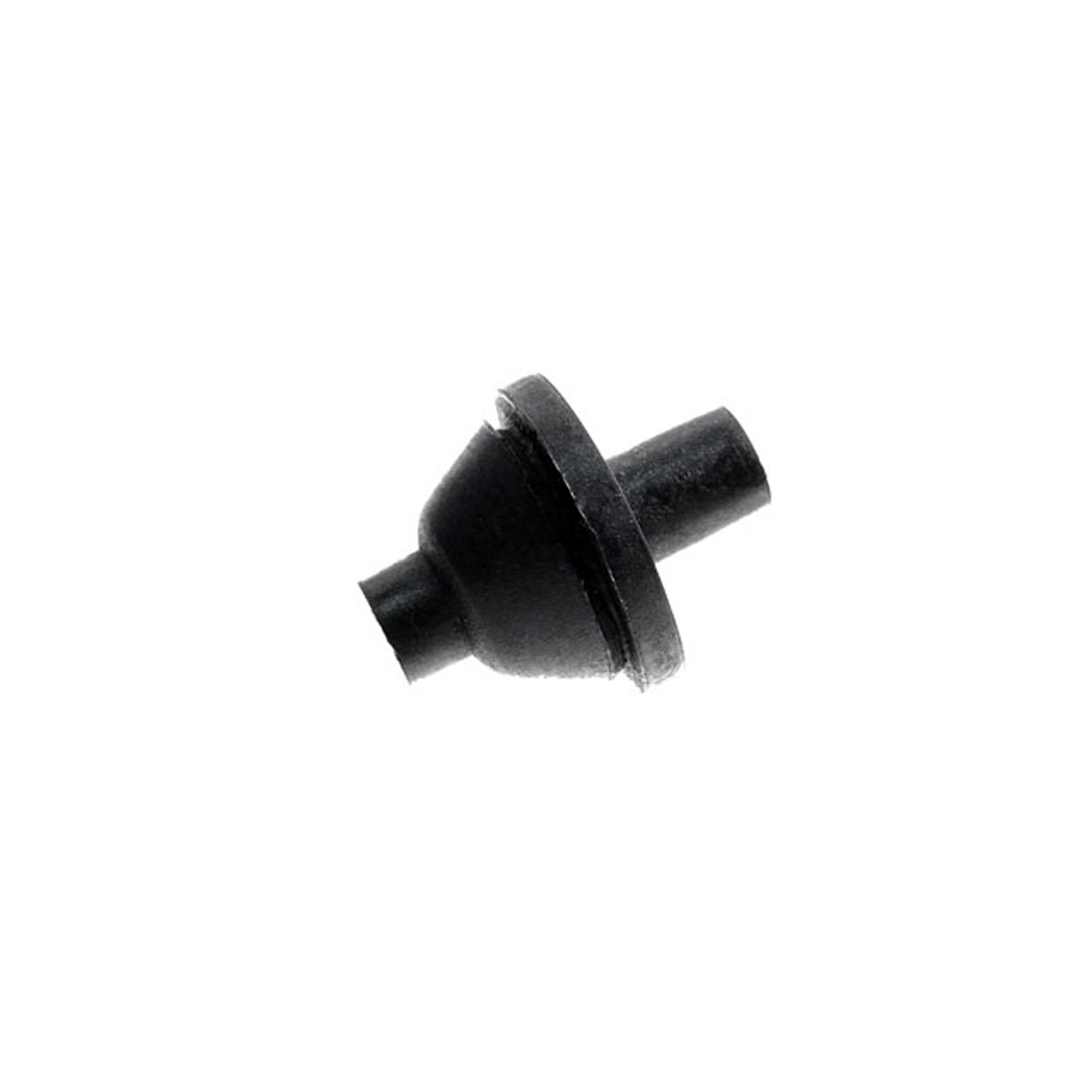 1970 Chevrolet Bel Air Dash and Firewall Grommet. Single-hole type is for one wire-SM 101Dash and Firewall Grommet. Single-hole type is for one wire. Each
1970 Chevrolet Bel Air Dash and Firewall Grommet. Single-hole type is for one wire-SM 101Dash and Firewall Grommet. Single-hole type is for one wire. Each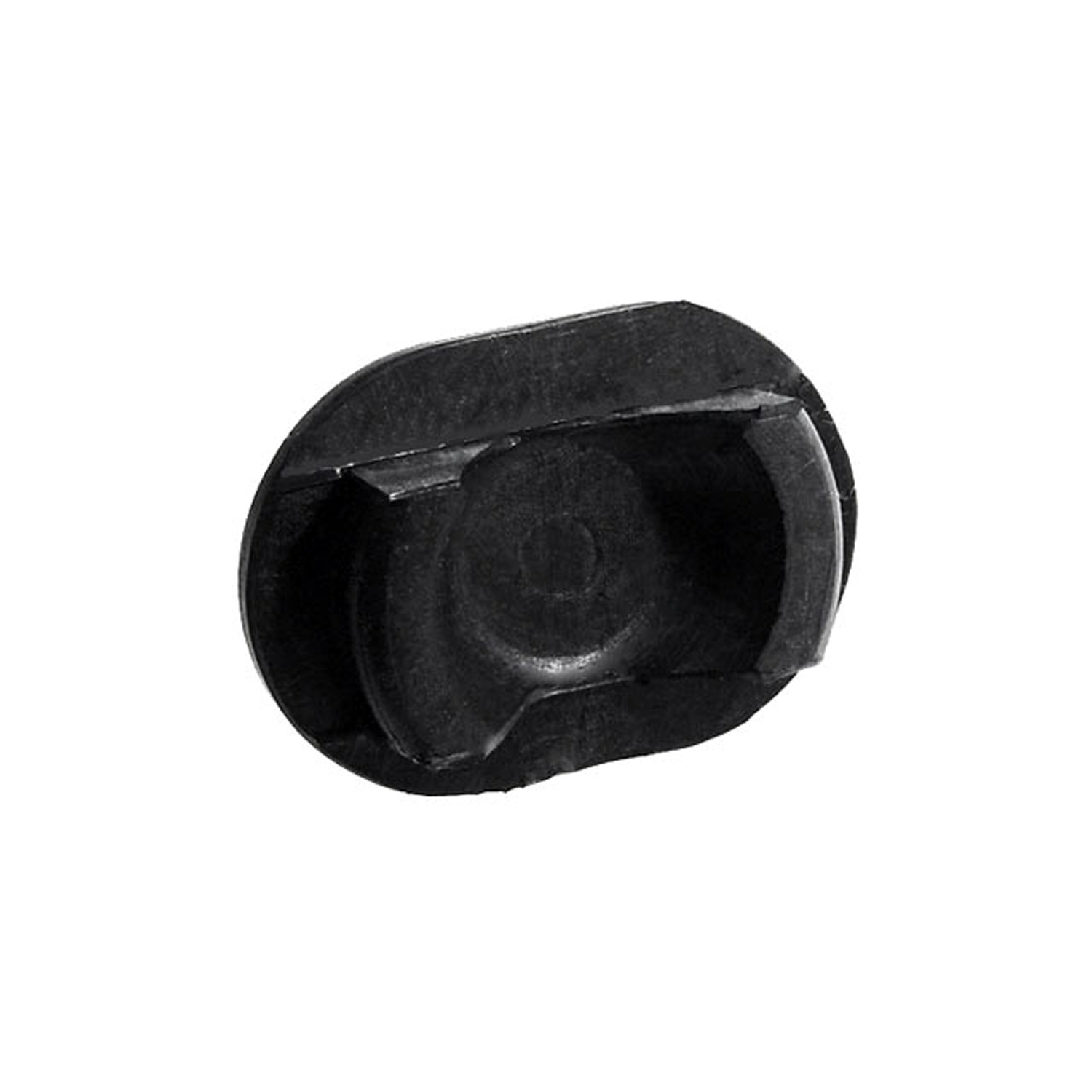 1970 Chevrolet Bel Air Timing Hole Plug. For 6-cylinder engines. 1-3/4" X 1-1/4"-SM 59Timing Hole Plug. For 6-cylinder engines. 1-3/4" X 1-1/4". Each
1970 Chevrolet Bel Air Timing Hole Plug. For 6-cylinder engines. 1-3/4" X 1-1/4"-SM 59Timing Hole Plug. For 6-cylinder engines. 1-3/4" X 1-1/4". Each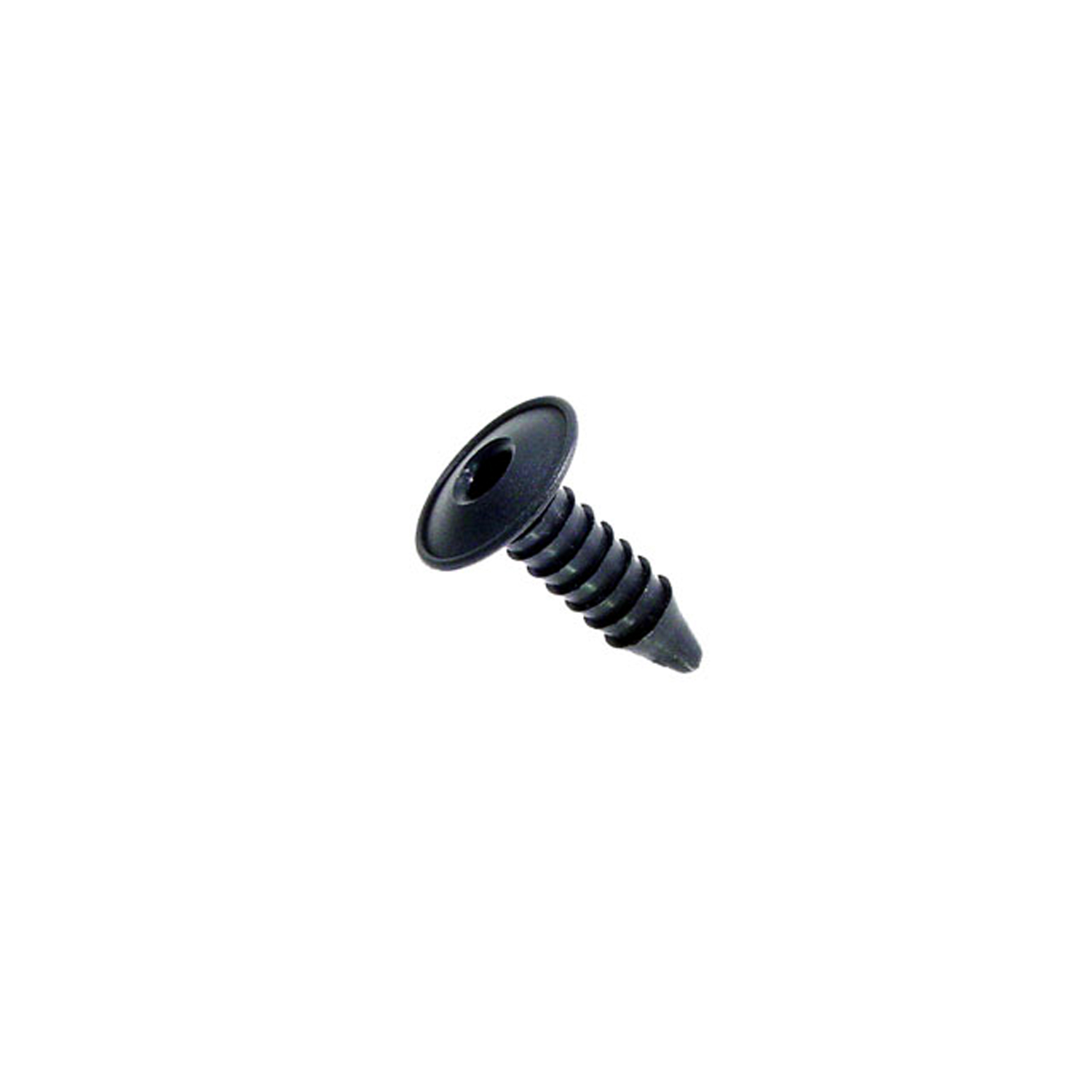 1970 Chevrolet Bel Air Firewall insulation fastener. 1 in. dia. W head. 1-1/2 in. L-SM 80-AFirewall insulation fastener. 1 in. dia. W head. 1-1/2 in. L. Replaces OEM#'s (GM) 7642589 and (AMC) 4001934. Black. Each.
1970 Chevrolet Bel Air Firewall insulation fastener. 1 in. dia. W head. 1-1/2 in. L-SM 80-AFirewall insulation fastener. 1 in. dia. W head. 1-1/2 in. L. Replaces OEM#'s (GM) 7642589 and (AMC) 4001934. Black. Each.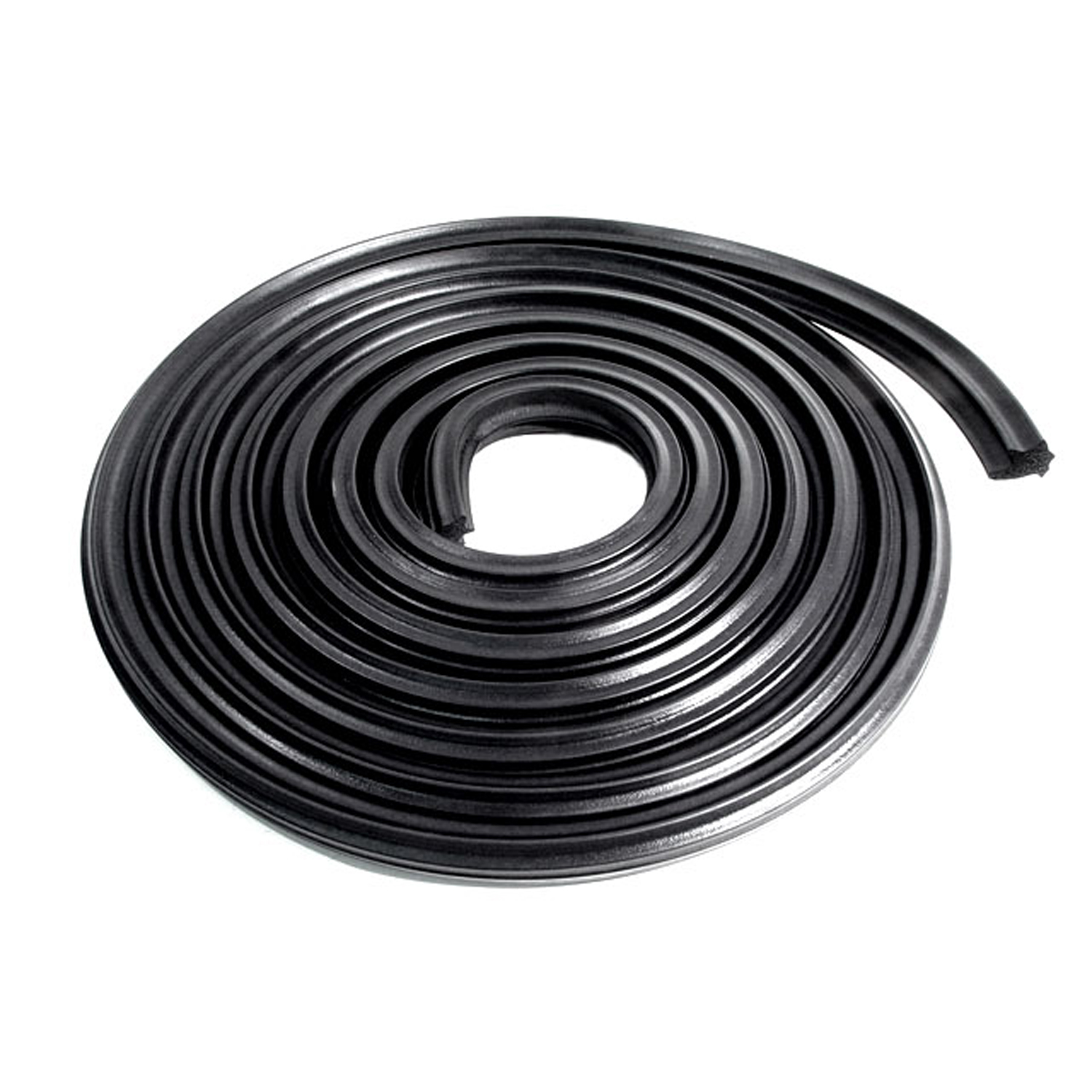 1970 Chevrolet Bel Air Trunk Seal. 18 feet long. Each-TK 46-18Trunk Seal. 18 feet long. Each
1970 Chevrolet Bel Air Trunk Seal. 18 feet long. Each-TK 46-18Trunk Seal. 18 feet long. Each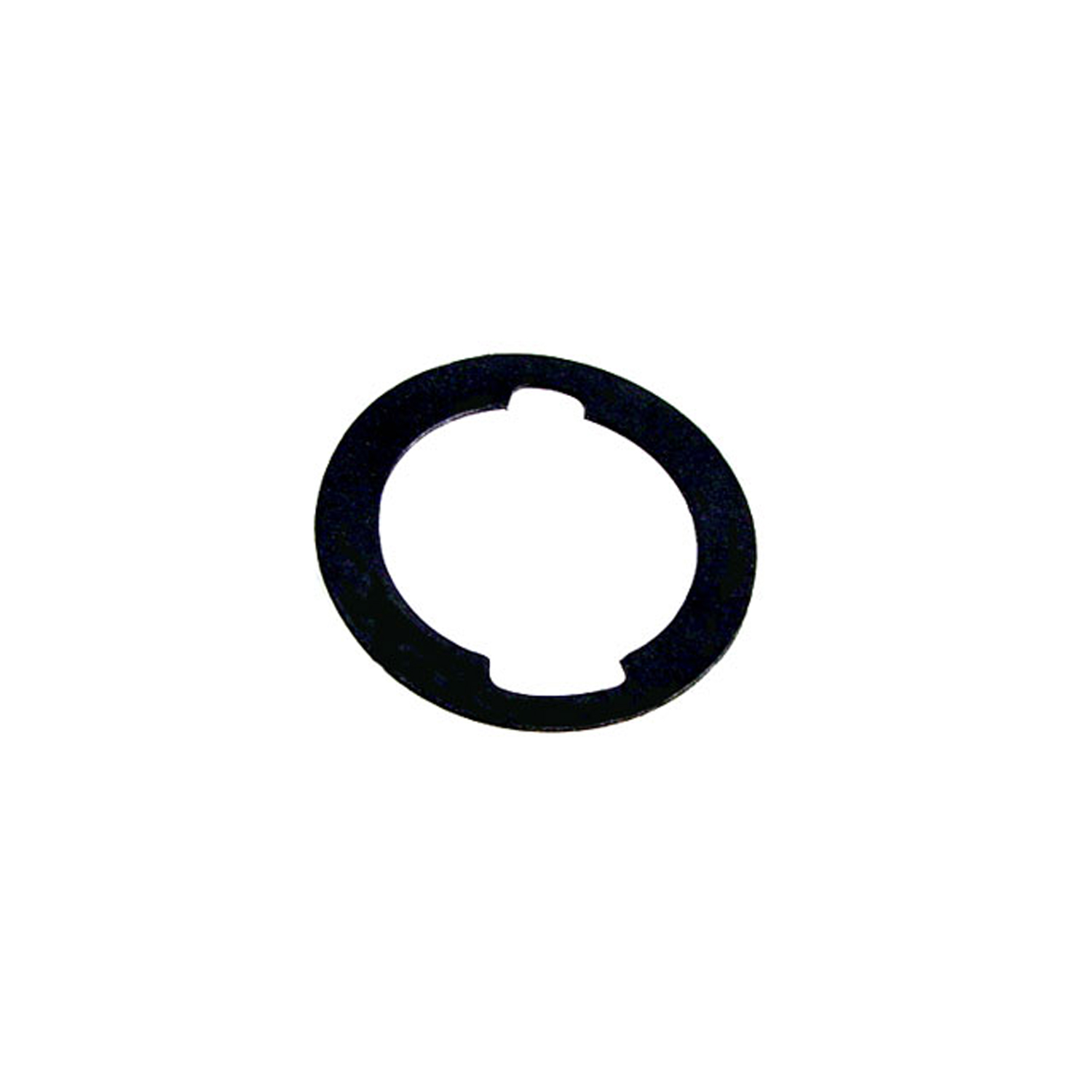 1970 Chevrolet Bel Air Unbeaded Door and Trunk Lock Gasket. 1-3/16" O.D., 7/8" I.D-UM 1600-100Unbeaded Door and Trunk Lock Gasket. 1-3/16" O.D., 7/8" I.D. Each
1970 Chevrolet Bel Air Unbeaded Door and Trunk Lock Gasket. 1-3/16" O.D., 7/8" I.D-UM 1600-100Unbeaded Door and Trunk Lock Gasket. 1-3/16" O.D., 7/8" I.D. Each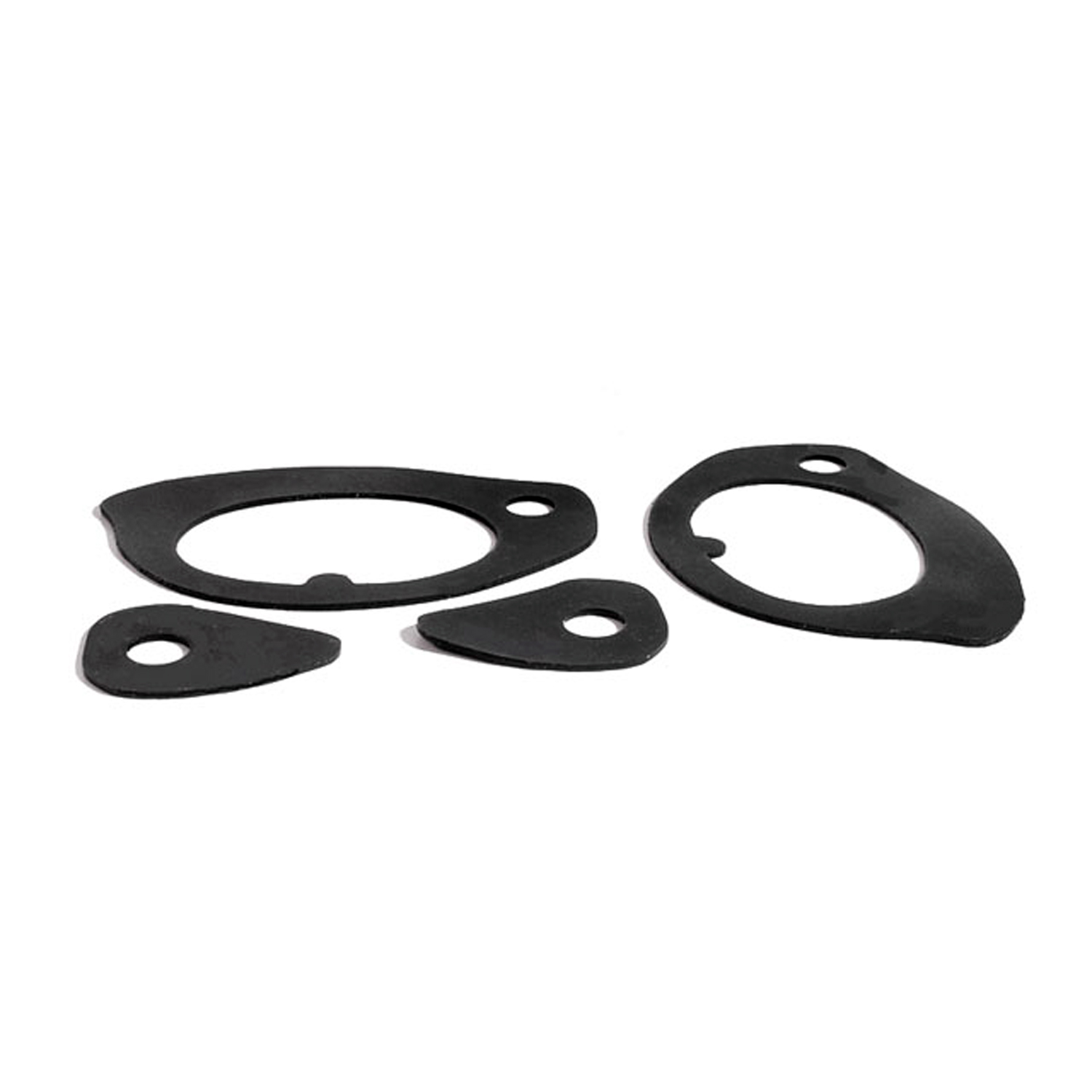 1970 Chevrolet Bel Air Unbeaded Door Handle Mounting Pads. 4-Piece Set-UM 2005-100Unbeaded Door Handle Mounting Pads. 4-Piece Set
1970 Chevrolet Bel Air Unbeaded Door Handle Mounting Pads. 4-Piece Set-UM 2005-100Unbeaded Door Handle Mounting Pads. 4-Piece Set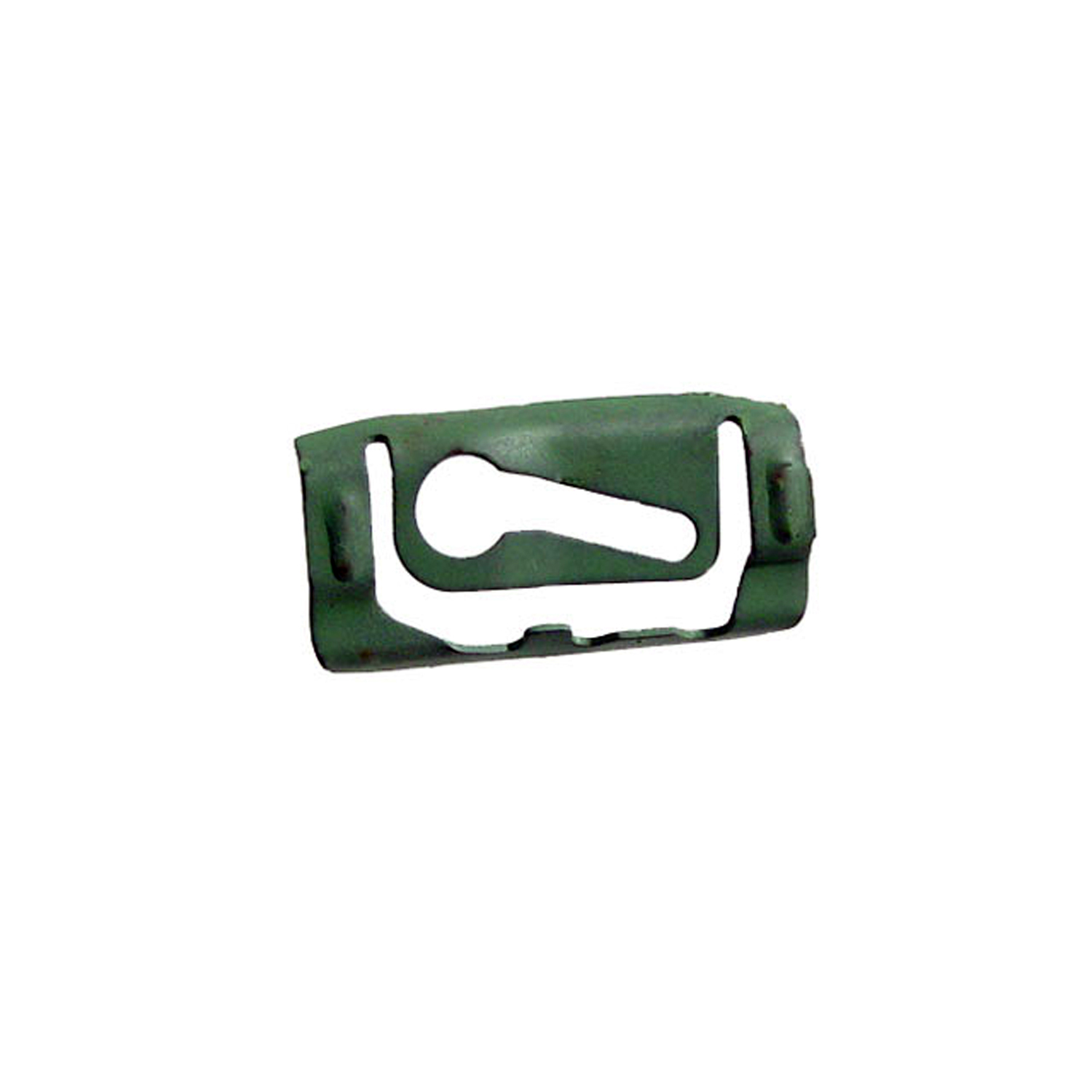 1970 Chevrolet Bel Air Quarter Window Reveal Molding Clip. Made of Steel-WF 205Quarter Window Reveal Molding Clip. Made of Steel. 1-3/8" X 11/16". Each
1970 Chevrolet Bel Air Quarter Window Reveal Molding Clip. Made of Steel-WF 205Quarter Window Reveal Molding Clip. Made of Steel. 1-3/8" X 11/16". Each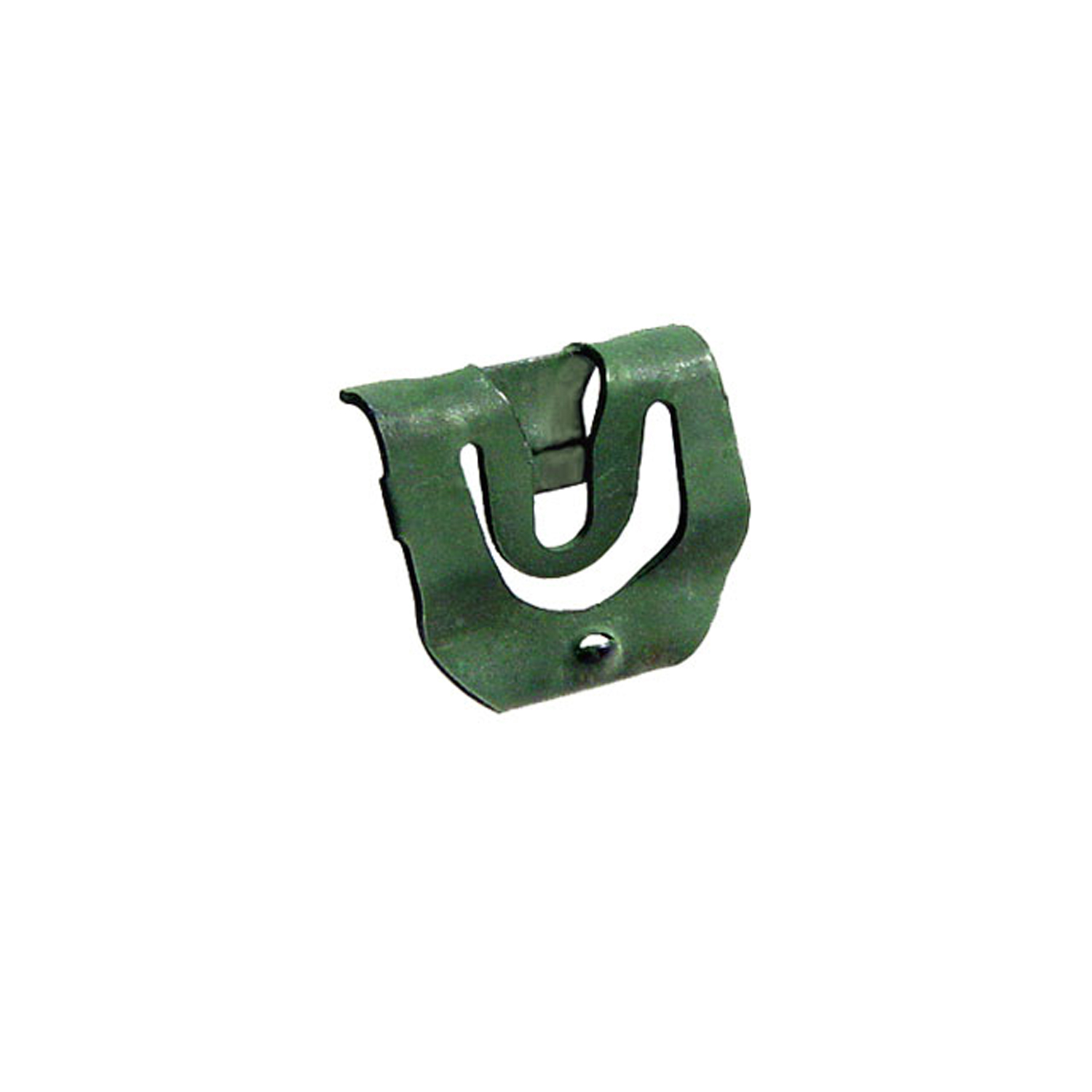 1970 Chevrolet Bel Air Rear Window Reveal Molding Clip. For Station Wagons-WF 208Rear Window Reveal Molding Clip. For Station Wagons. Made of steel. 5/8" x 3/4". Each
1970 Chevrolet Bel Air Rear Window Reveal Molding Clip. For Station Wagons-WF 208Rear Window Reveal Molding Clip. For Station Wagons. Made of steel. 5/8" x 3/4". Each 1970 Chevrolet Bel Air Rear Windshield Reveal Molding Clip. Made of steel-WF 211Rear Windshield Reveal Molding Clip. Made of steel. 15/16" X 3/4". Each
1970 Chevrolet Bel Air Rear Windshield Reveal Molding Clip. Made of steel-WF 211Rear Windshield Reveal Molding Clip. Made of steel. 15/16" X 3/4". Each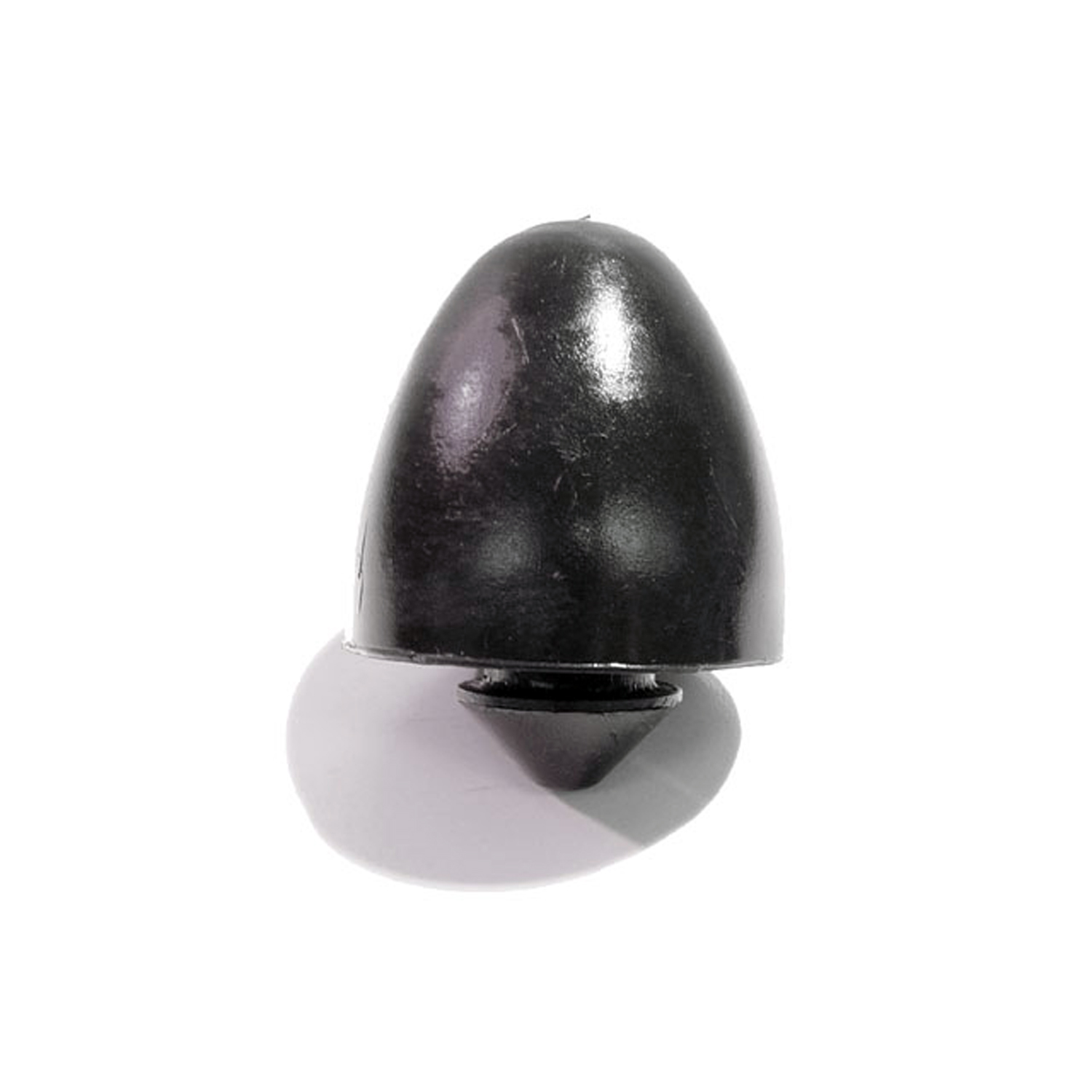 1970 Chevrolet Bel Air Front Suspension Bumper. For steering knuckle support-XB 20Front Suspension Bumper. For steering knuckle support. 1-3/8" high. Each
1970 Chevrolet Bel Air Front Suspension Bumper. For steering knuckle support-XB 20Front Suspension Bumper. For steering knuckle support. 1-3/8" high. EachWhy Choose Metro?
For over 100 years, Metro Moulded Parts has been the pinnacle of quality in classic car restoration parts. Our commitment to precision and authenticity in every component ensures a perfect fit and an OEM-level appearance.
- Expert Craftsmanship & Quality: Each part is a testament to our dedication to reliability and perfection, crafted from original designs and thoroughly tested.
- Advanced Technology: We use cutting-edge techniques to create flawless, long-lasting parts that surpass others in performance.
- SuperSoft Sponge – The Ultimate Door Seal: Not only are our door seals 30% softer than competitors', but they're also guaranteed to never leak. They effectively reduce wind and road noise, enhancing your classic car's comfort and driving experience.
- Proudly American: Our parts are a product of American craftsmanship, made in the USA with a spirit of excellence and heritage.
- Unrivaled Warranty: We back our products with a 30-year industry-leading warranty, a testament to our confidence in their quality.
Join us in preserving the legacy of classic cars with parts that are crafted for perfection, not just made.

